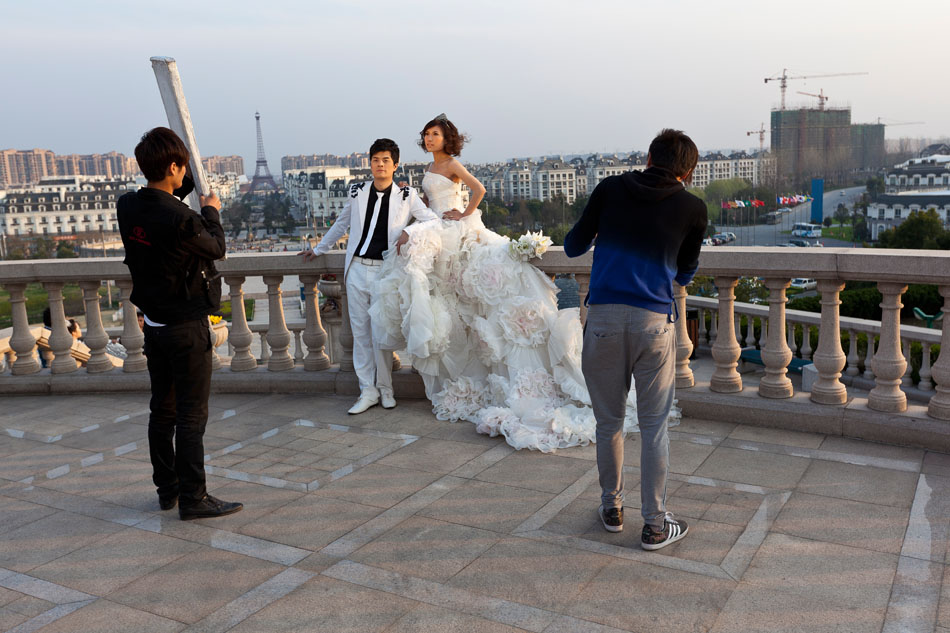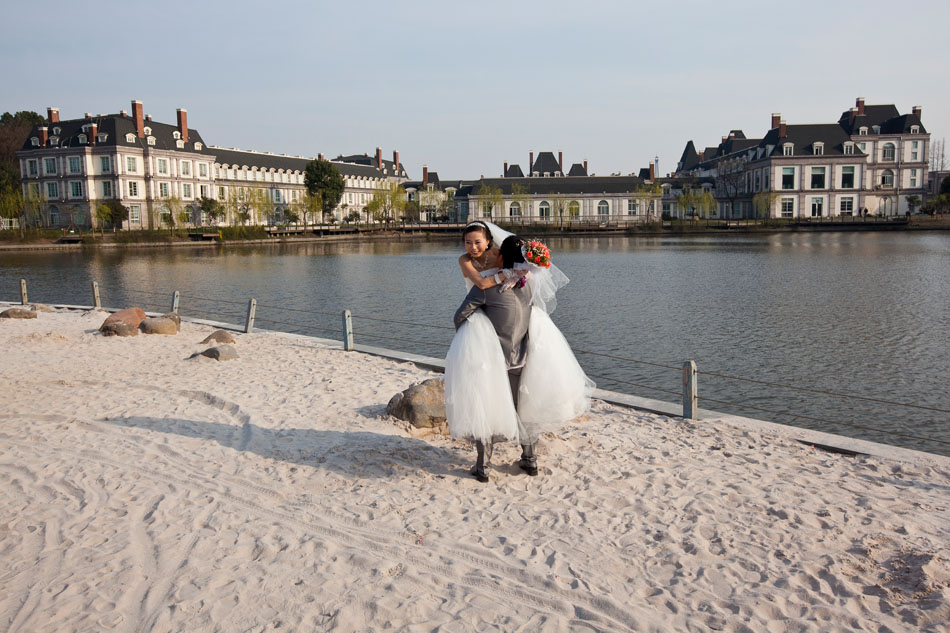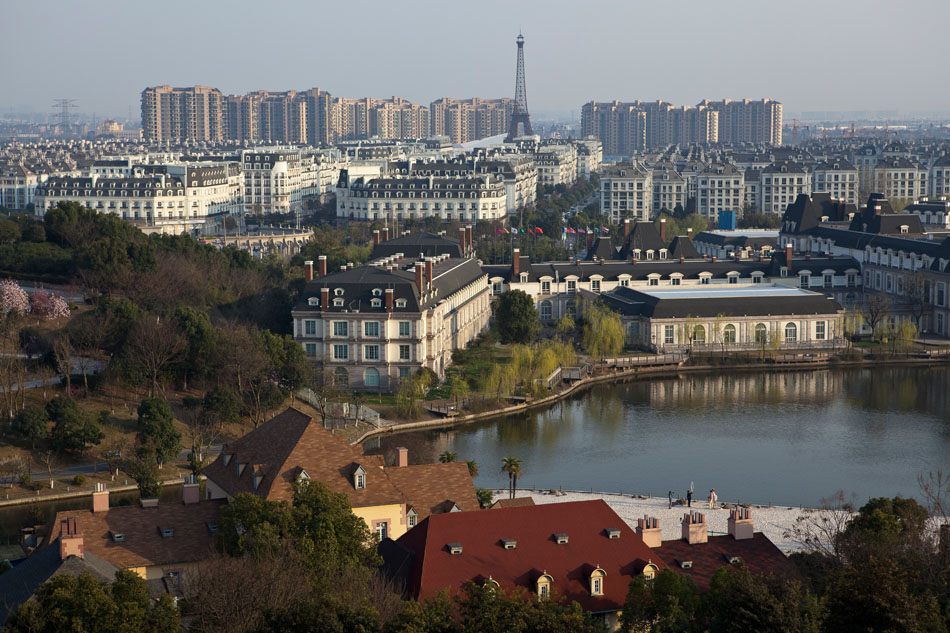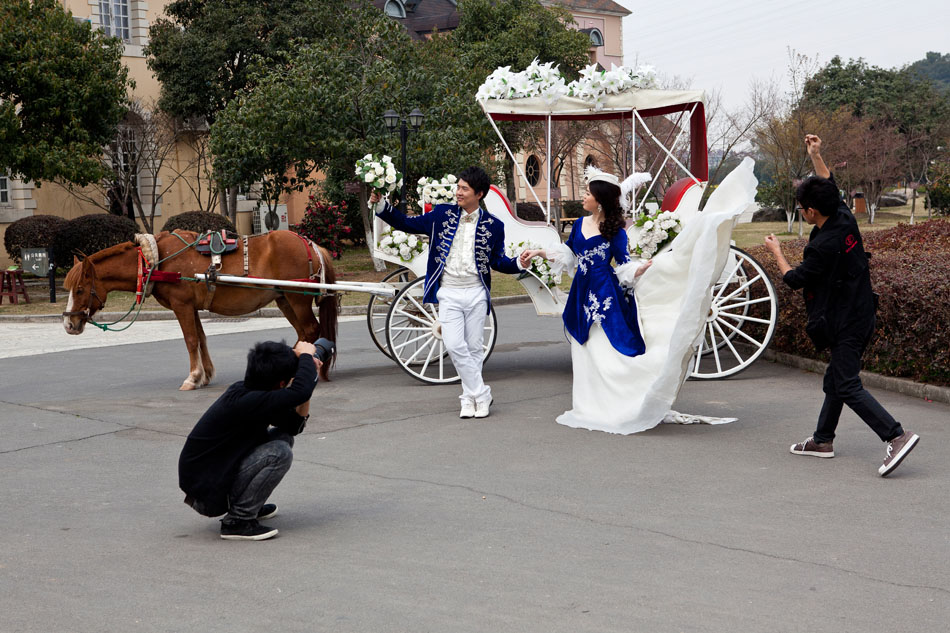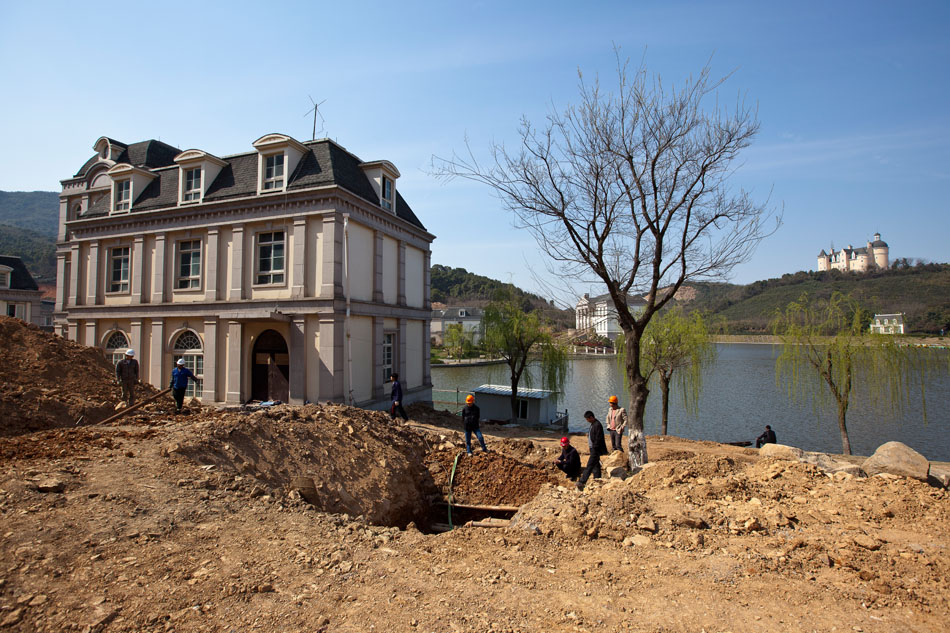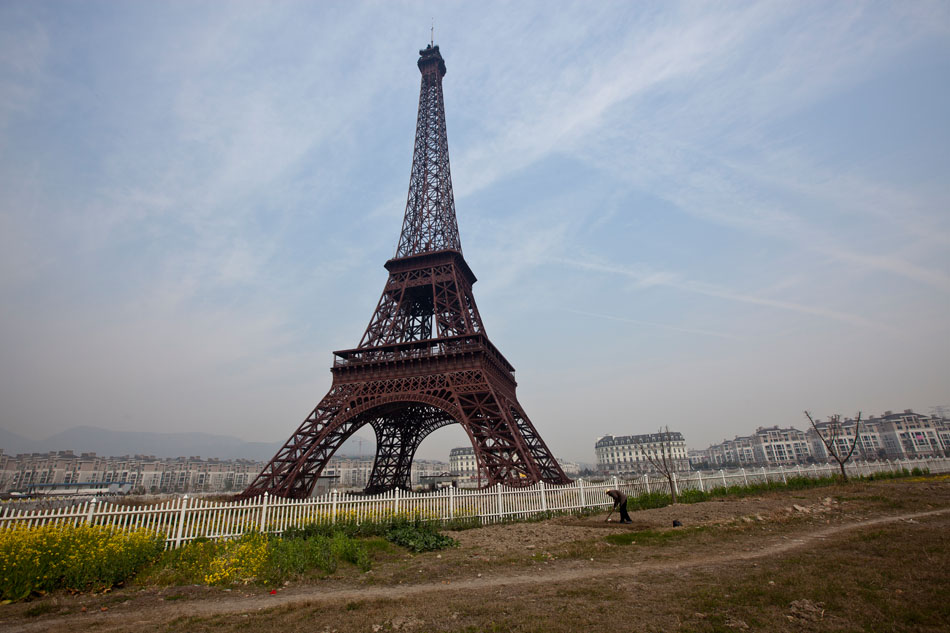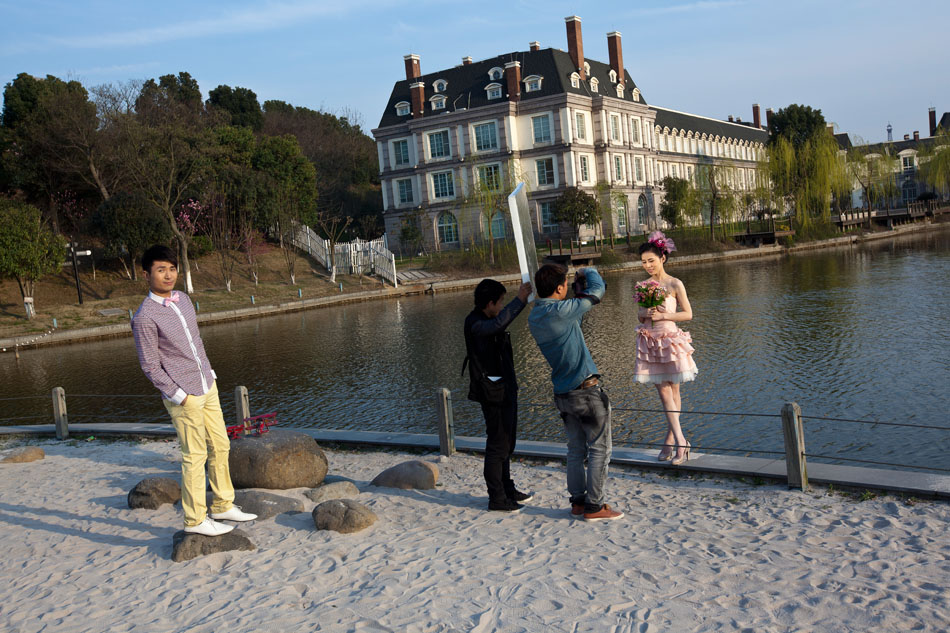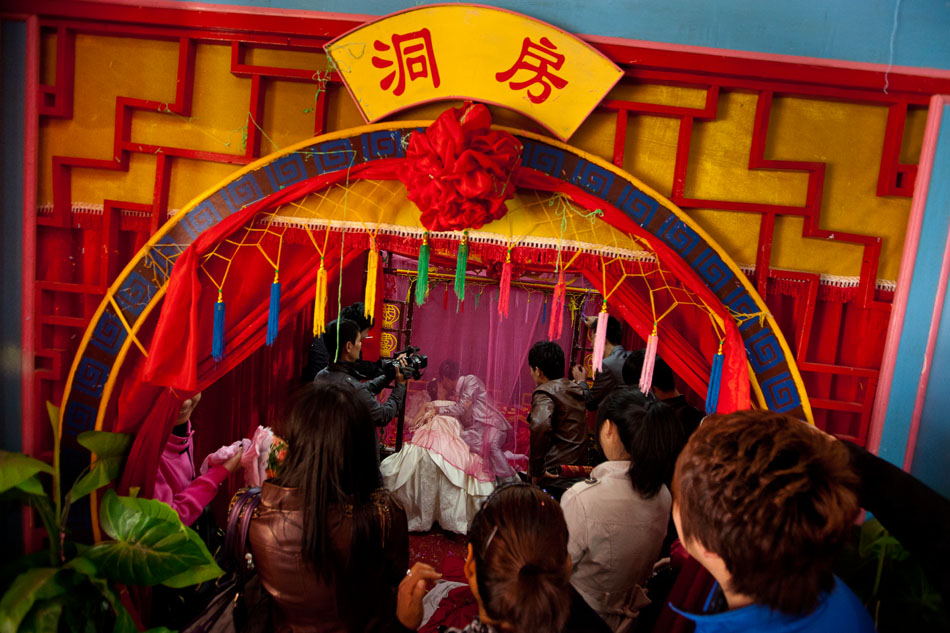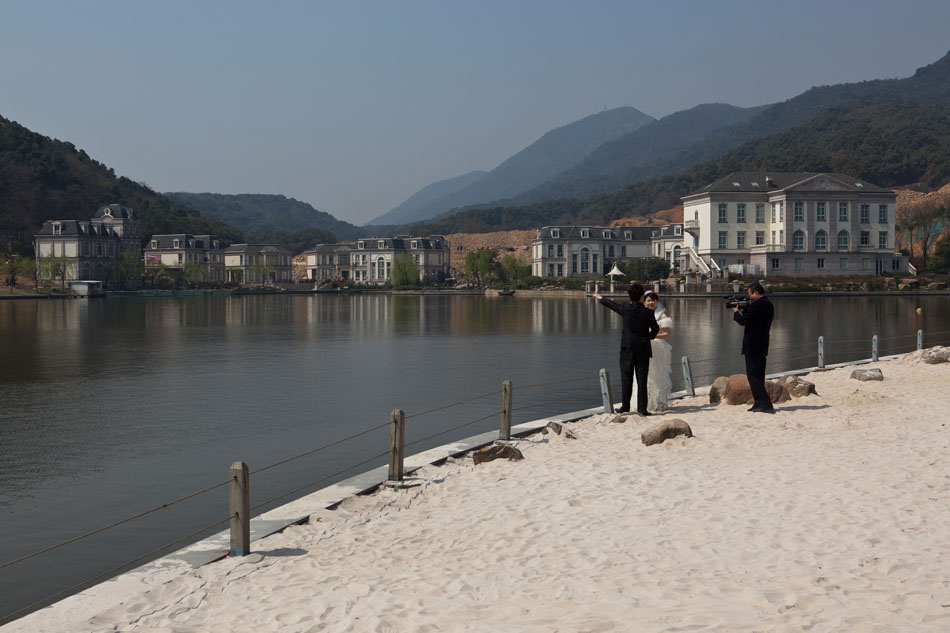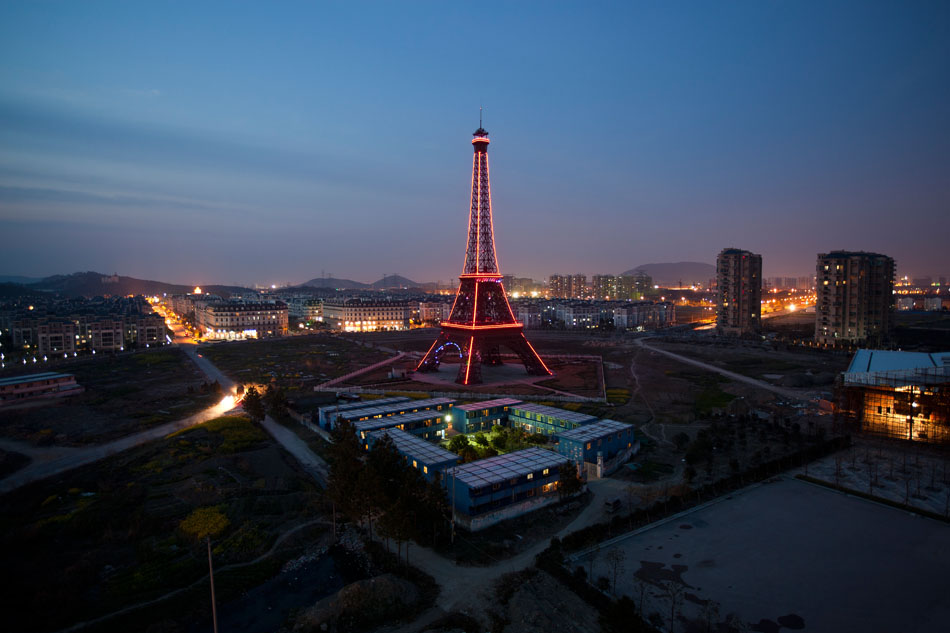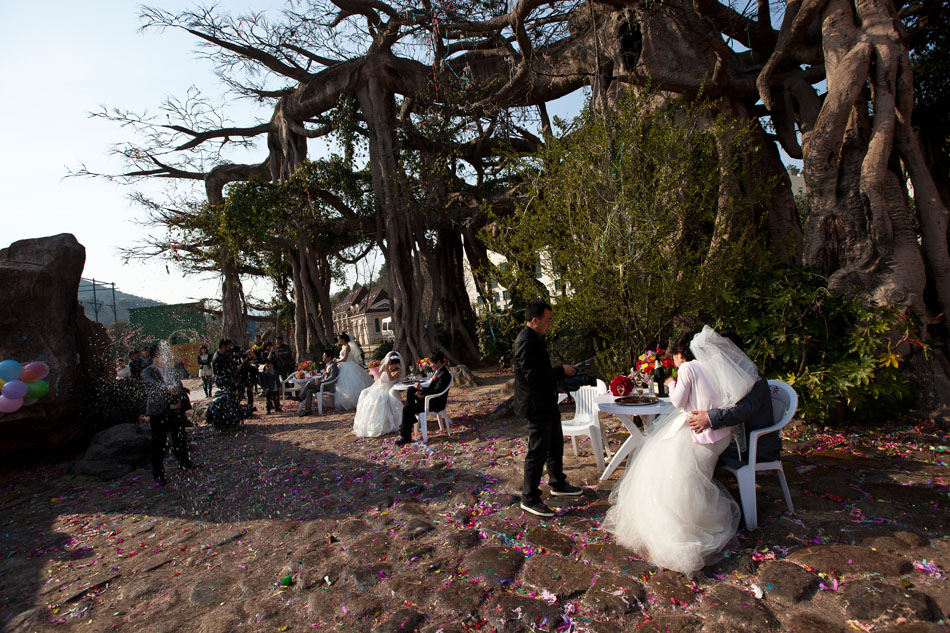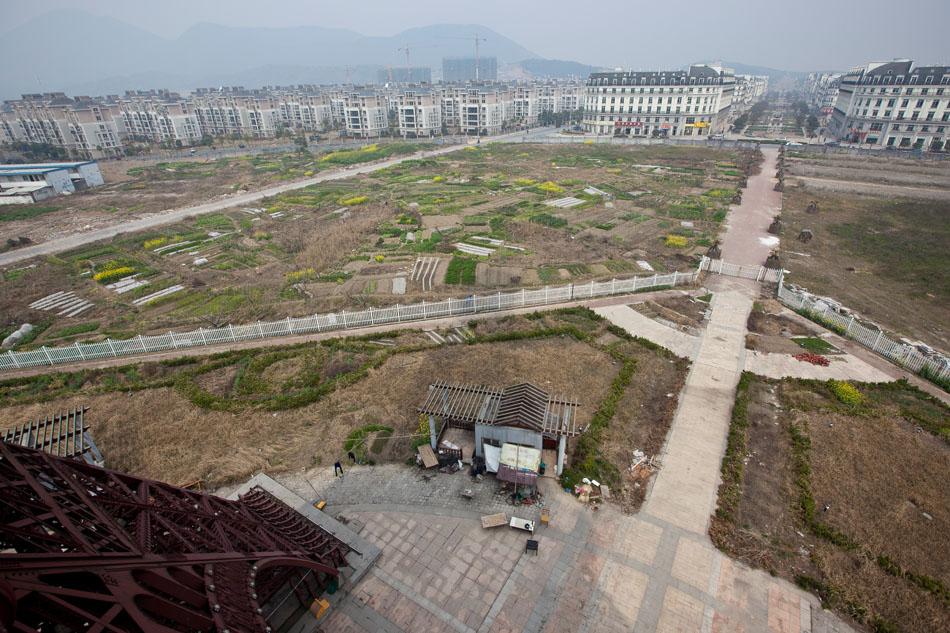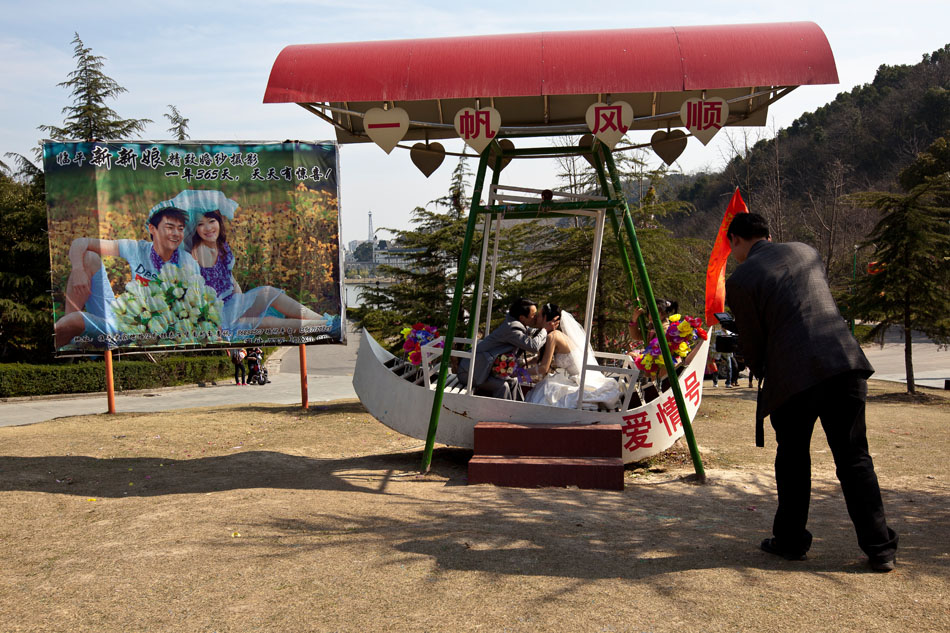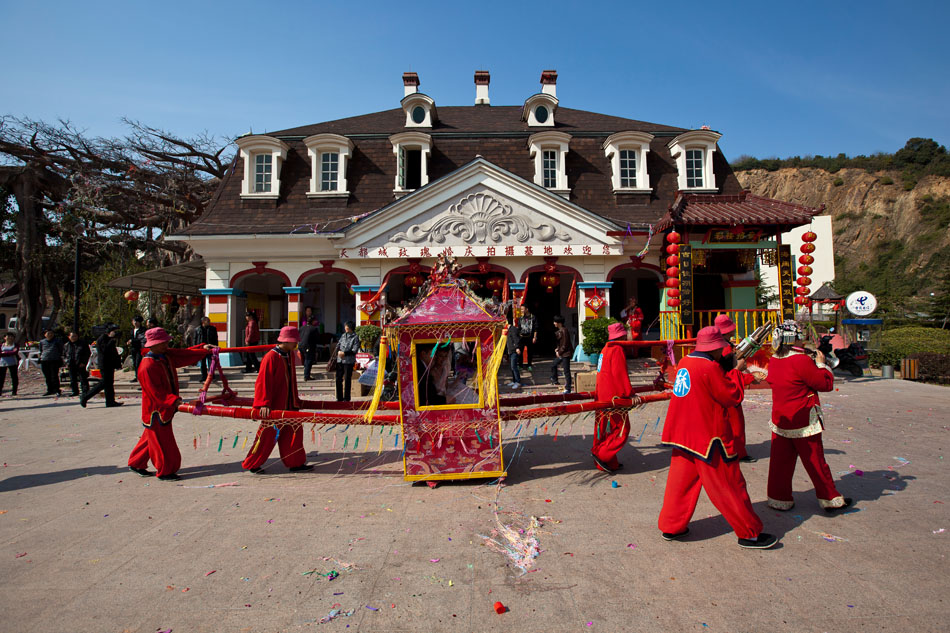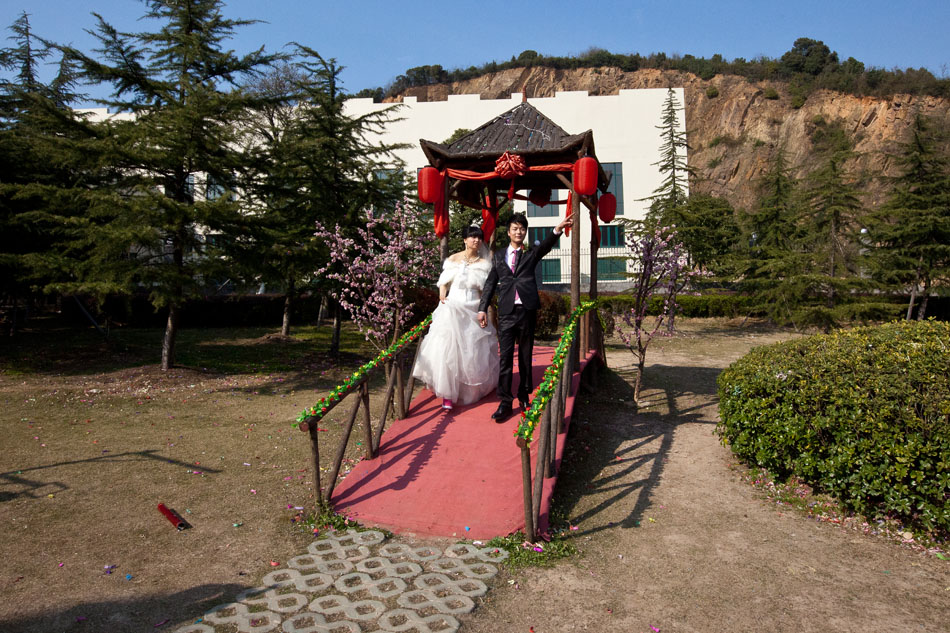May 23, 2012 | Architecture, Clippings, Development, Portraits, Urban
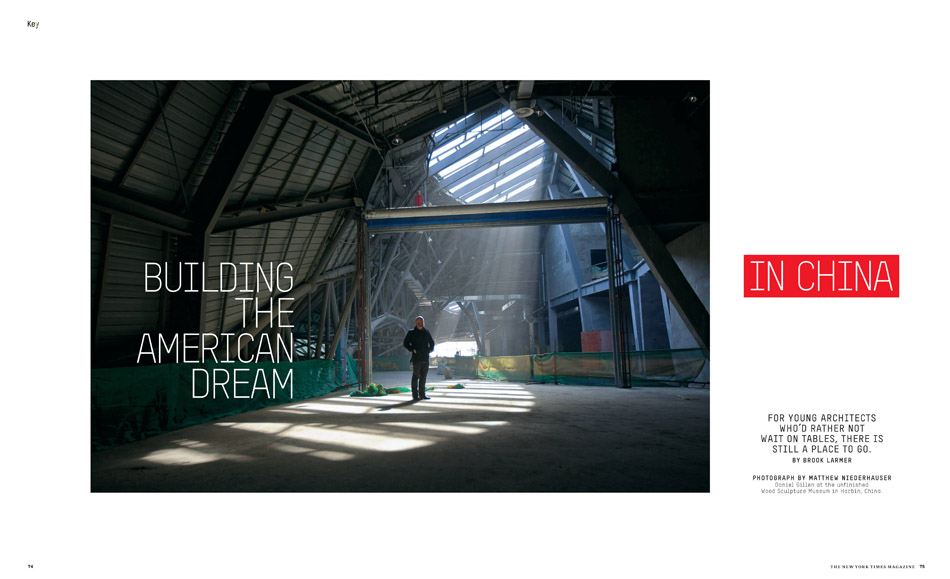
I finally got an opportunity to shoot for The New York Times Magazine. They sent me to Harbin with Daniel Gillen, a young American architect who transplanted to Beijing to ride the wave of audacious infrastructure projects being built across China. He currently works for MAD, founded by Ma Yansong and one of the leading domestic firms in China. Over the past few years MAD was tapped to build a number of cultural centers and museums in their consistently curvilinear style, including the recently completed Ordos Museum and the China Wood Sculpture Museum that I photographed in Harbin. Unfortunately these grand architectural flourishes are usually just showpieces in much larger megablock developments – a small nod to innovation amongst a greater sea of mundane urbanity. Whether or not they actually see any use is still in question. In an ideal world they will become centers of creativity, but in the meantime, Daniel Gillen is only there to build them.
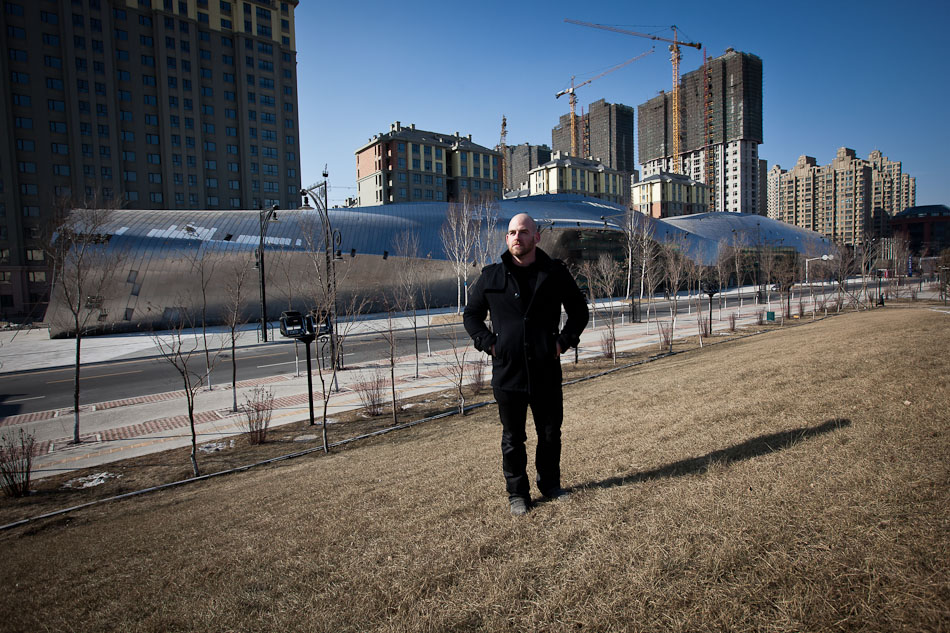

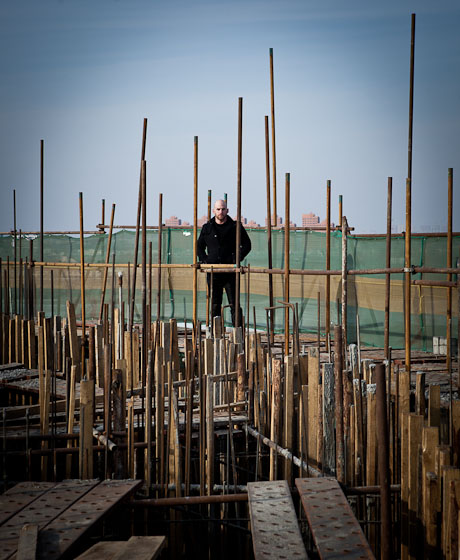


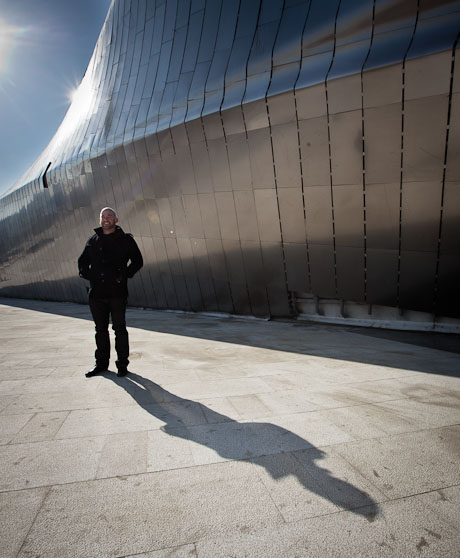
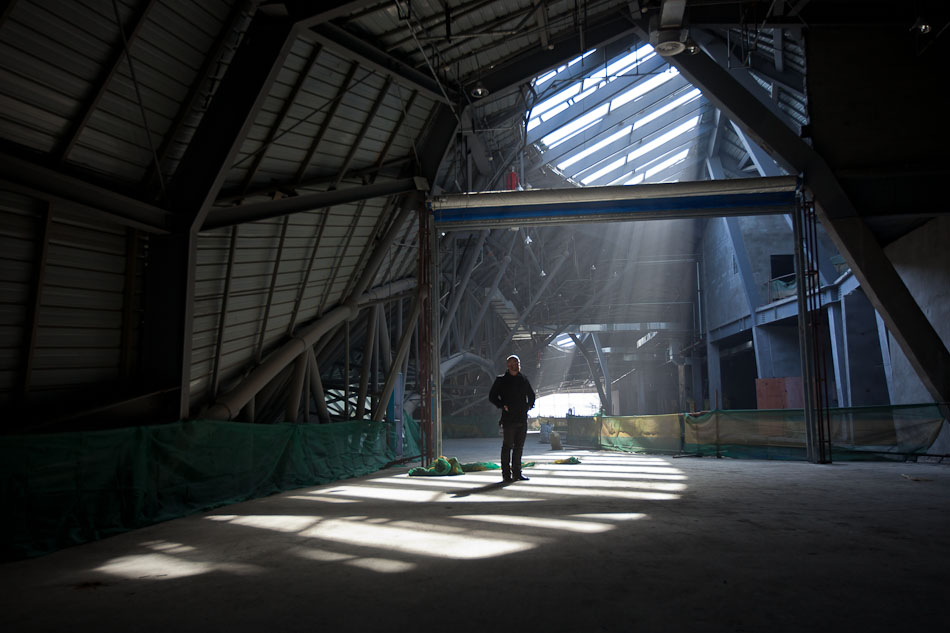
Apr 6, 2012 | Clippings, Consumerism, Counterfeit Paradises, Development, Society
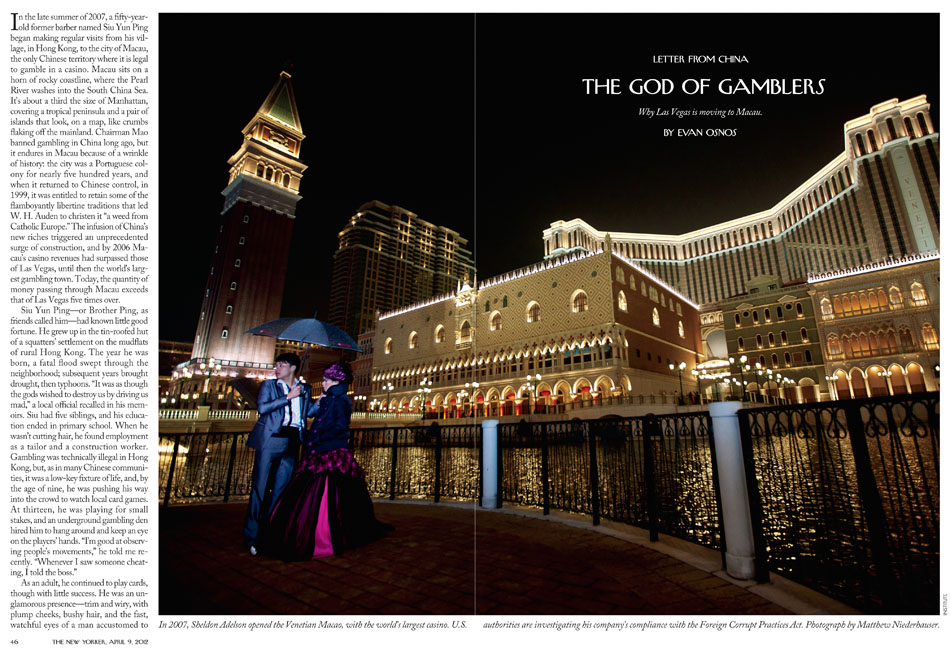
Macau looms large on the iniquitous edges of Asia. It is a city of sin: filled with casinos, prostitutes and any other vice or luxury one could imagine. In many ways this is business as usual. Trafficking of women and general skullduggery date back to the earliest days of the Portuguese colony at the turn of the 16th century. Now the stakes are much higher though, and for many visitors, money is not an object. Macau currently draws the biggest “whales” in the world and most of these high rollers come straight out of mainland China. The increase in gambling revenues in Macau is unprecedented. Galaxy Entertainment tripled its profits during 2011, and the entire casino industry is already up 20% in the first quarter of this year compared to last. Macau outperforms the Las Vegas Strip nearly six times over and there is no end in sight.
The already outrageous revenues posted by Macau casinos also appear to be the tip of the iceberg. It is largely acknowledged that a massive amount of cash moves through V.I.P. gambling rooms where high-stake bets are off the books. No one knows how deep that well goes. Money laundering and connections to triads run rampant through the “junkets” who shuttle wealthy mainland Chinese gamblers into Macau and collect their debts elsewhere in order to bypass currency limitations at the border. Macau is riding the tails of China’s economic boom and catering to the extravagant tastes of the Chinese nouveau riche looking to flex their often illicit financial muscles.
At the top of the pyramid are two of the world’s richest men: Steve Wynn and Sheldon Adelson (also the largest contributor to Newt Gingrich’s campaign efforts). Both are in heated competition to rule Macau as their fortunes continue to skyrocket despite serious allegations of corruption and a spotty track record. A WikiLeaks spinoff called CasinoLeaks – Macau offers up condemning fare based on collected public records. Be sure to read Evan Osnos’ article in The New Yorker that features my photography. He does an amazing job navigating this intricate web of sordidness. More photographs that didn’t make the cut can be seen below.
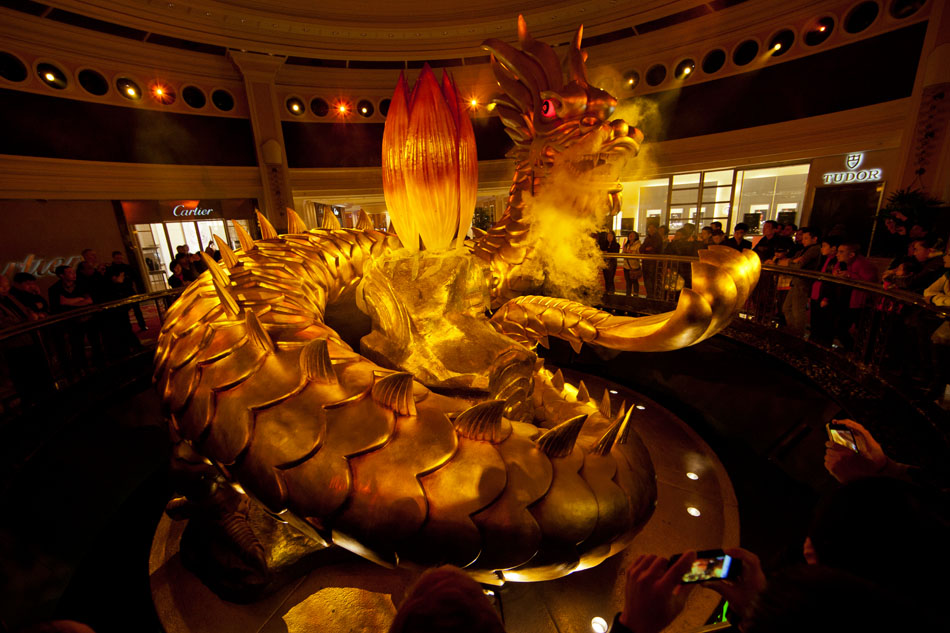

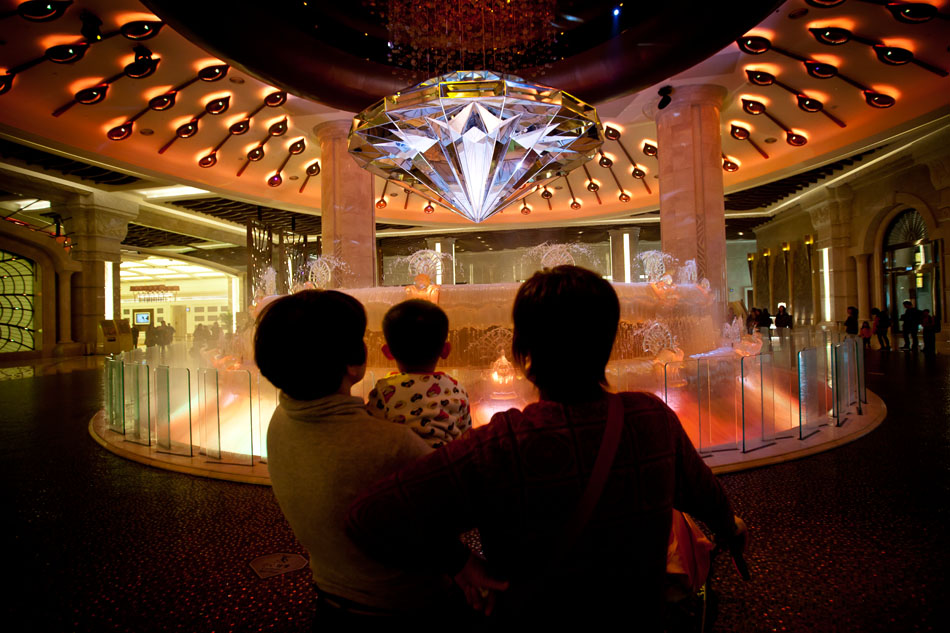
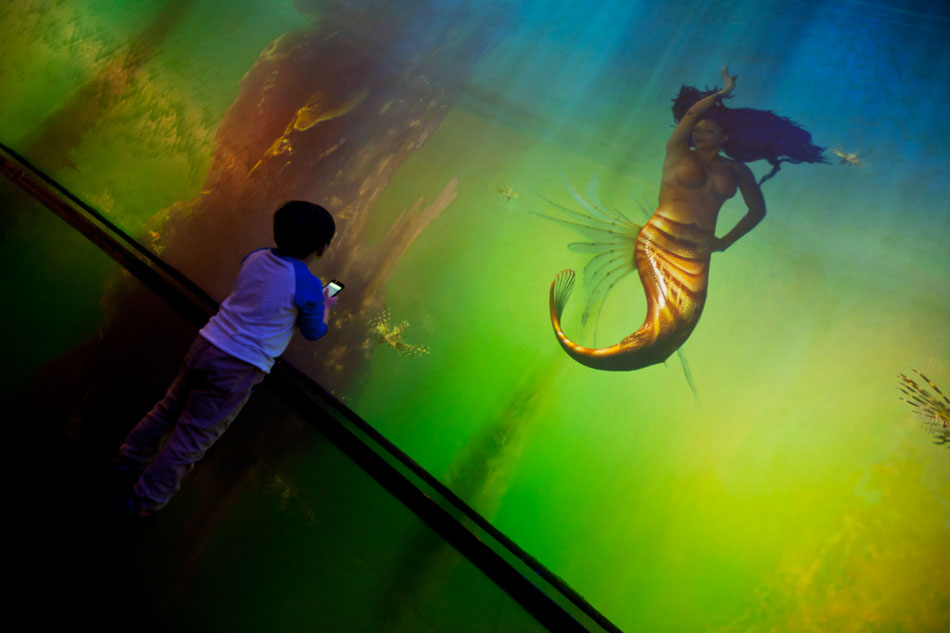
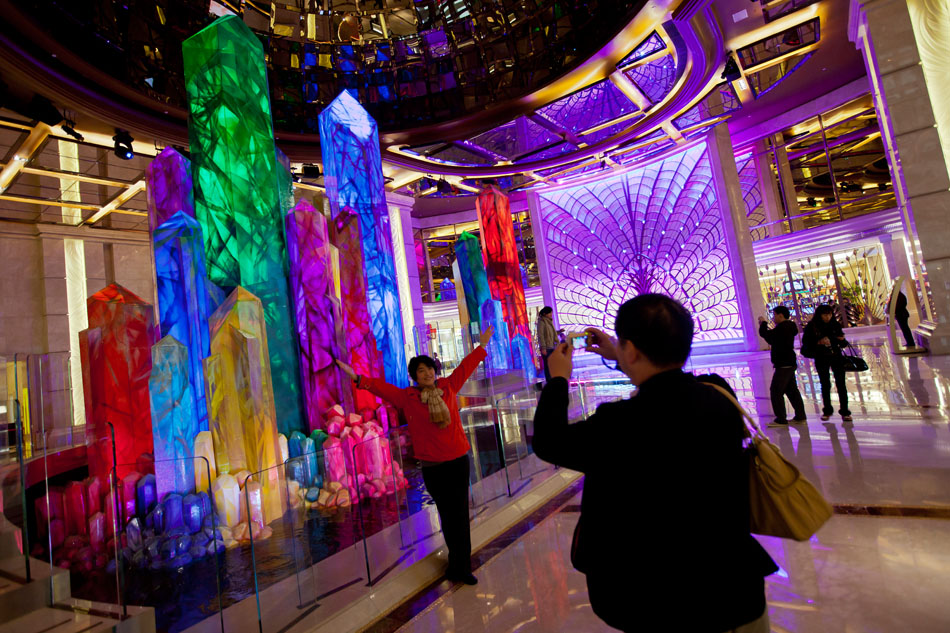
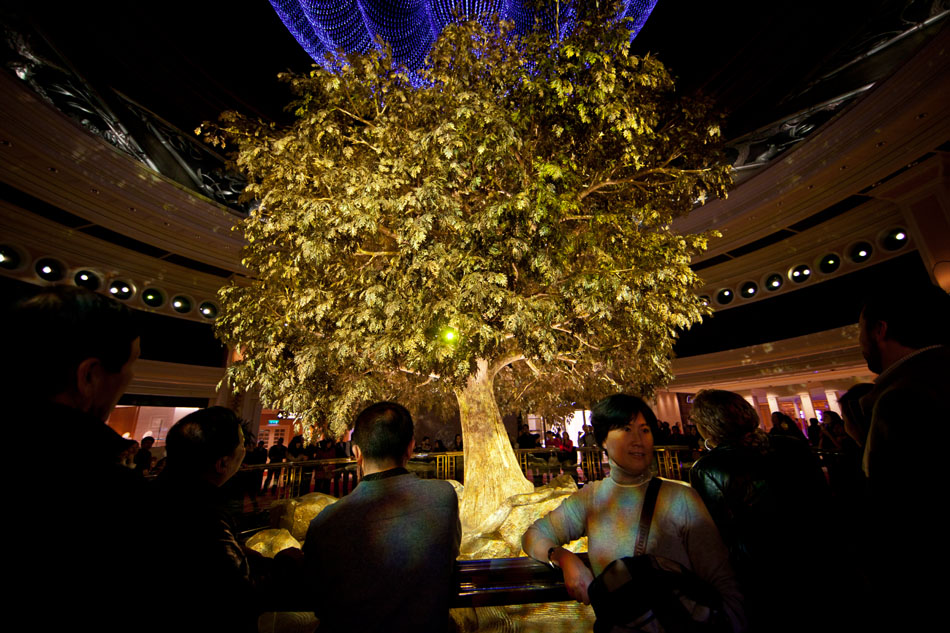
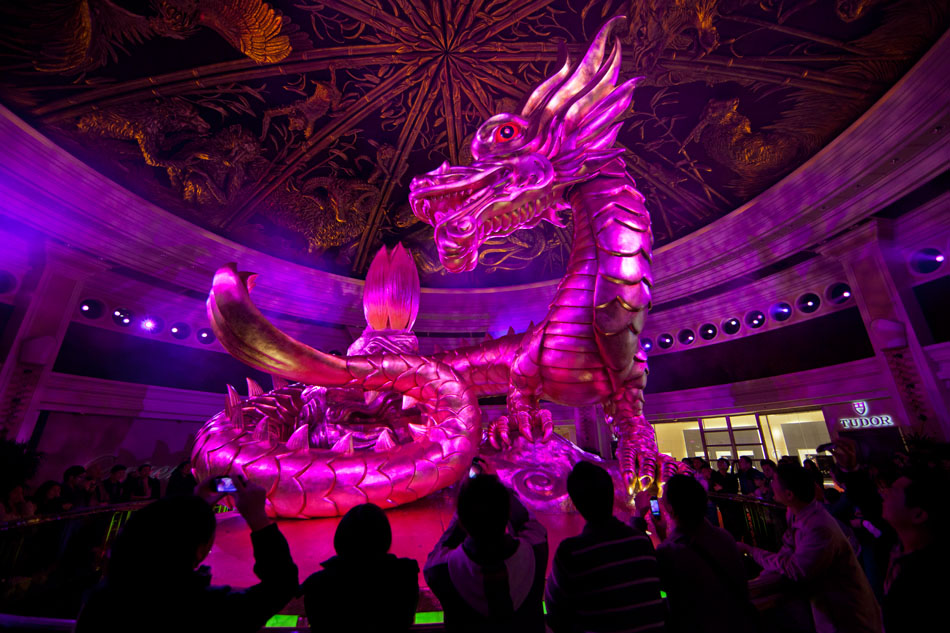
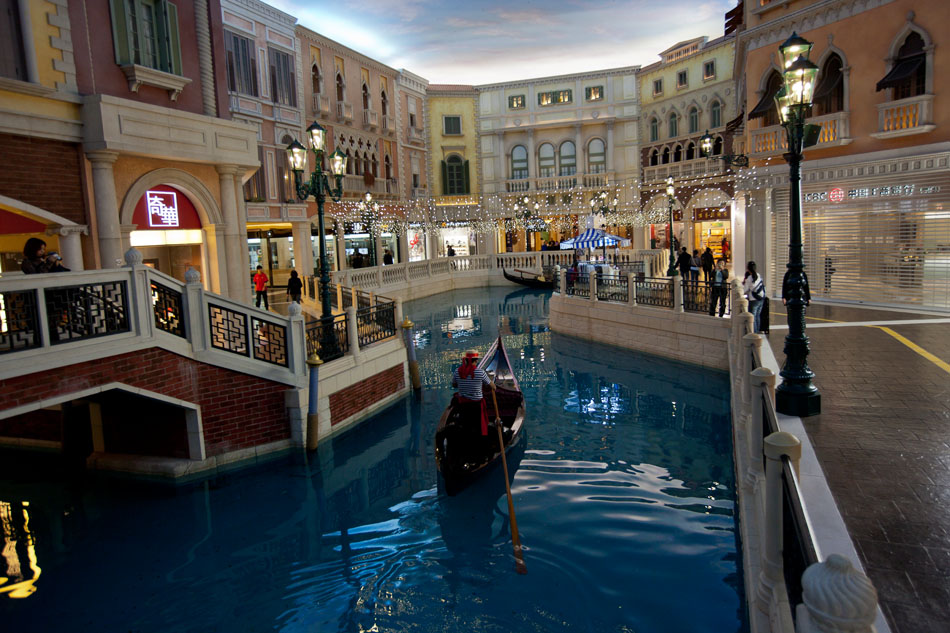

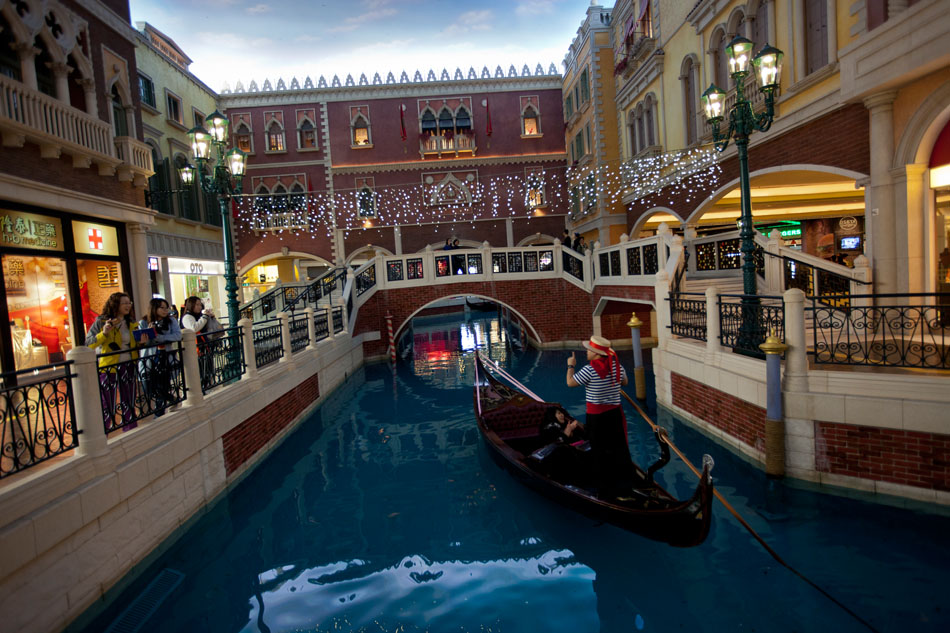
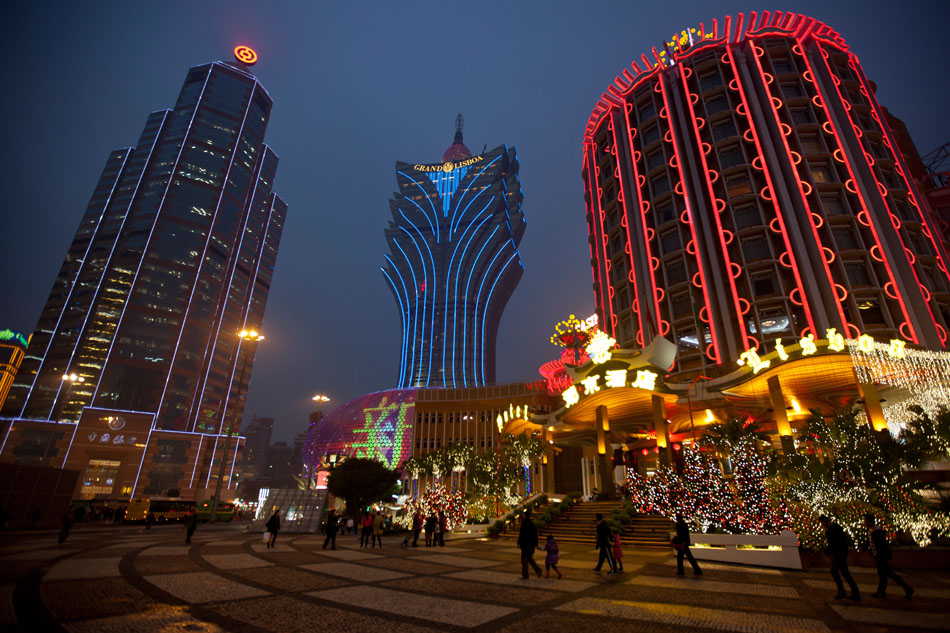
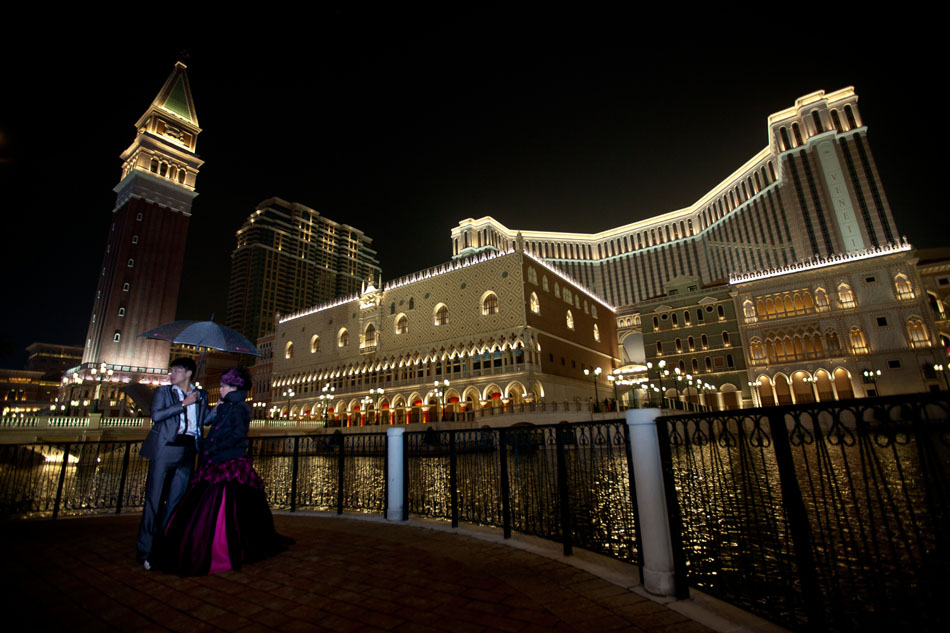
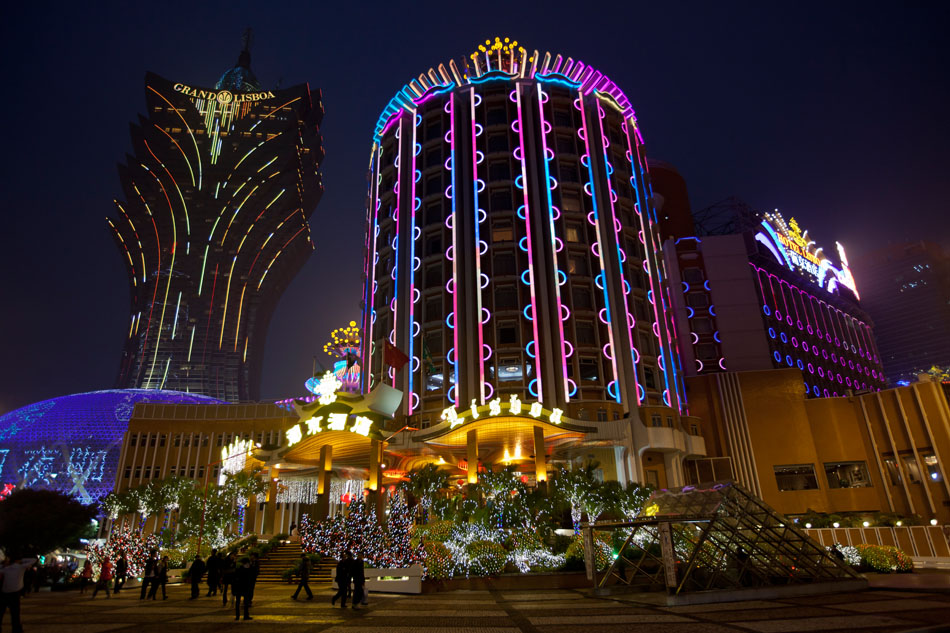
Mar 19, 2012 | Art, Development
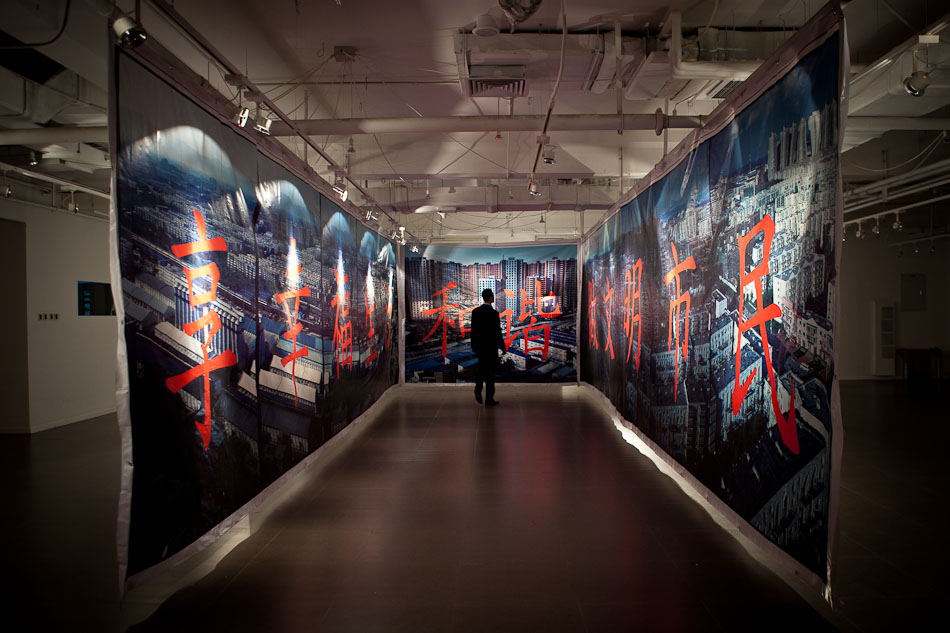
Check out my newest creation. This incarnation of Visions of Modernity examines the “harmonious” transformation of Beijing by recreating propaganda banners espousing “modern” and “civilized” lifestyles. Unfortunately such optimistic rhetoric does not always reflect the current state of urban planning. Megablocks dominate infrastructure surrounding Beijing’s medieval core. Huge swaths of land are handed over to developers and fashioned into towering residential high-rises interwoven with retail and public spaces. The photographs on the tarps depict some of the largest developments in the city. Once constructed, megablocks form distinct urban islands, bounded by grand avenues and further hemmed in by ring roads. Any sense of fluidity within the urban fabric is lost. Entire districts are laid out and rebuilt in such a fashion – like cogs in a machine switched out for newer parts.
As the imposing and monotonous facades of megablocks become the norm, they also reshape the manner in which people live and consume by encouraging social atomization in Western-style apartments. Global commerce immediately took notice of this elaborate transformation of cultural identity. With an increasingly materialistic China in its sights, Ikea opened in Beijing what was at the time its single largest outlet in the world. The compartmentalized lifestyles Ikea put on sale catalyzed a new range of communal practices that are represented in the photographic dioramas attached to the tarps. These Ikea showroom interiors perfectly fit the megablock mold even when unsustainable in nature if implemented throughout the rest of China. There is now a substantial gap between the “modern” and “civilized” vision of Beijing found on banners plastered around the city and how it is actually manifesting in daily practice. Any sense of harmony remains elusive in the midst of this developmental explosion.
For this installation I strung together tarps measuring up to ten meters in length to create photographic corridors of urban landscapes emblazoned with actual propaganda messages used by the Beijing municipal government. Small holes are then cut into particular buildings on the tarps that reveal photographic dioramas of Ikea lit by a single bulb. The size of the installation can be adapted to fit almost any space. In the future I would like it to cover entire buildings. All photographs were taken in Beijing. Check out the video below for a better feel.
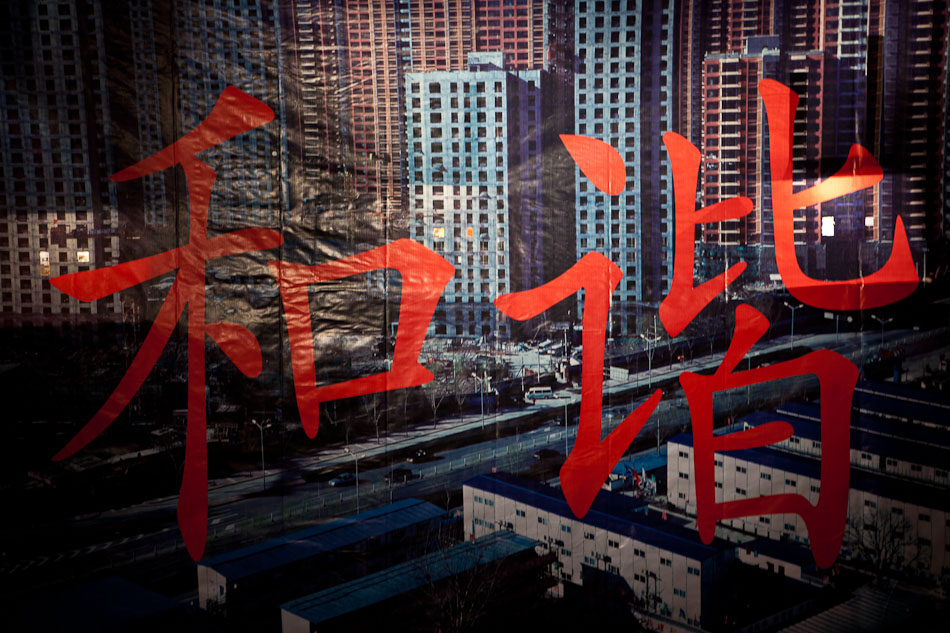
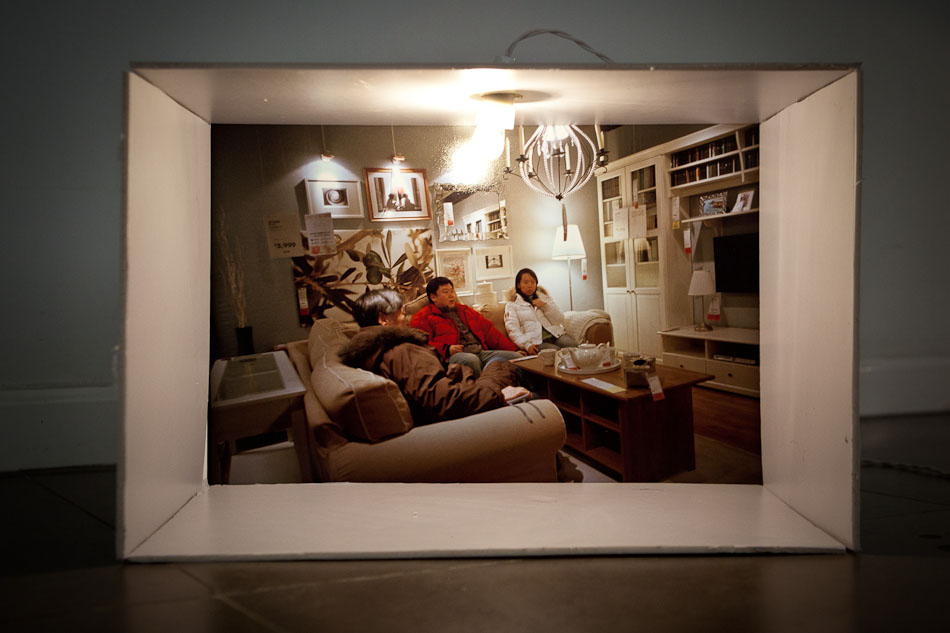
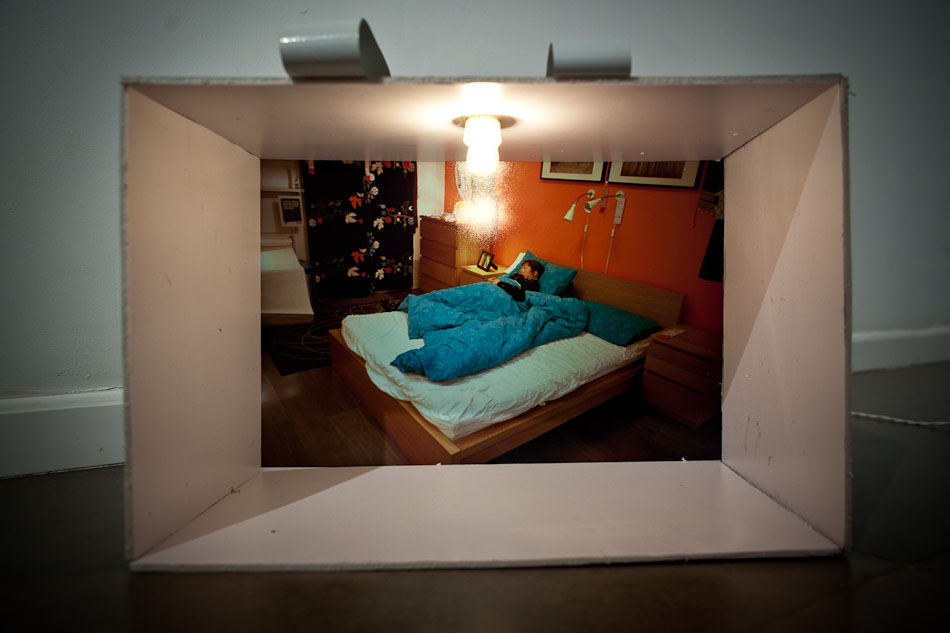
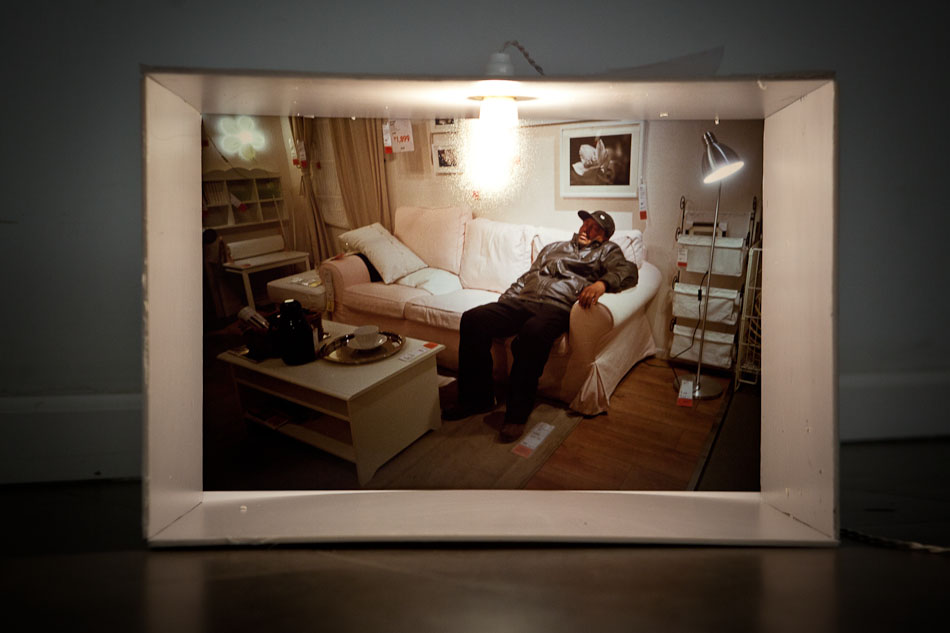
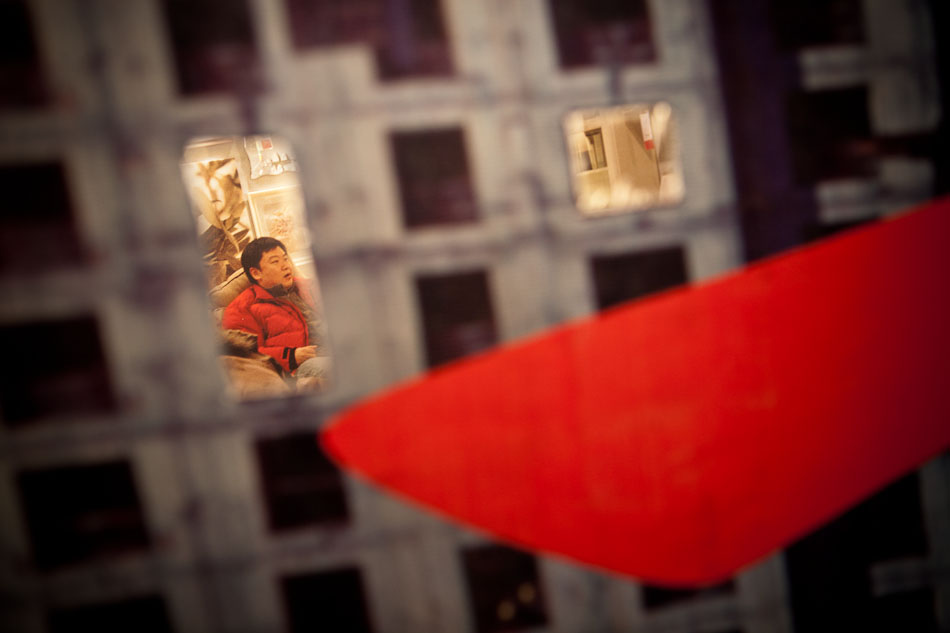
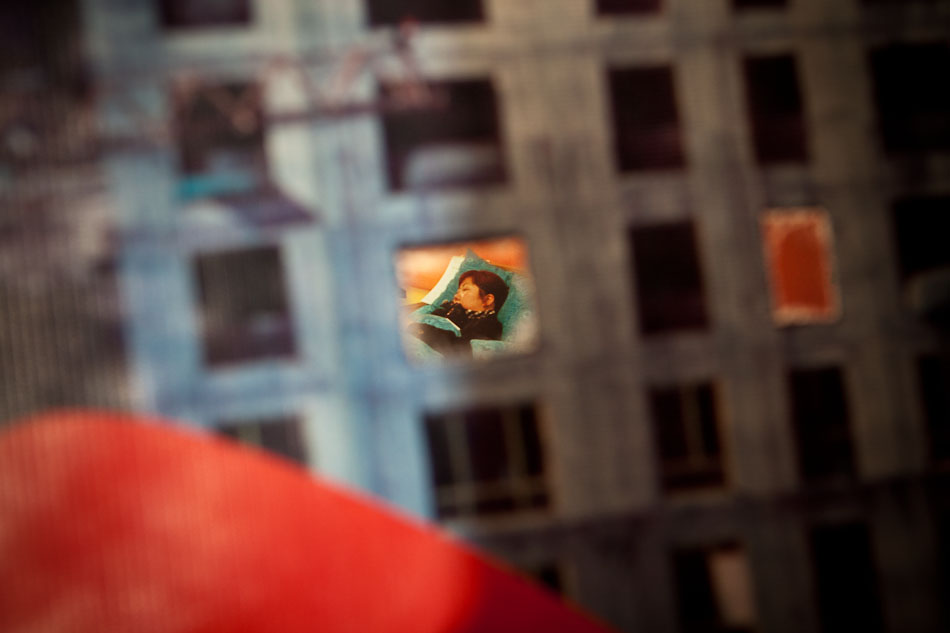
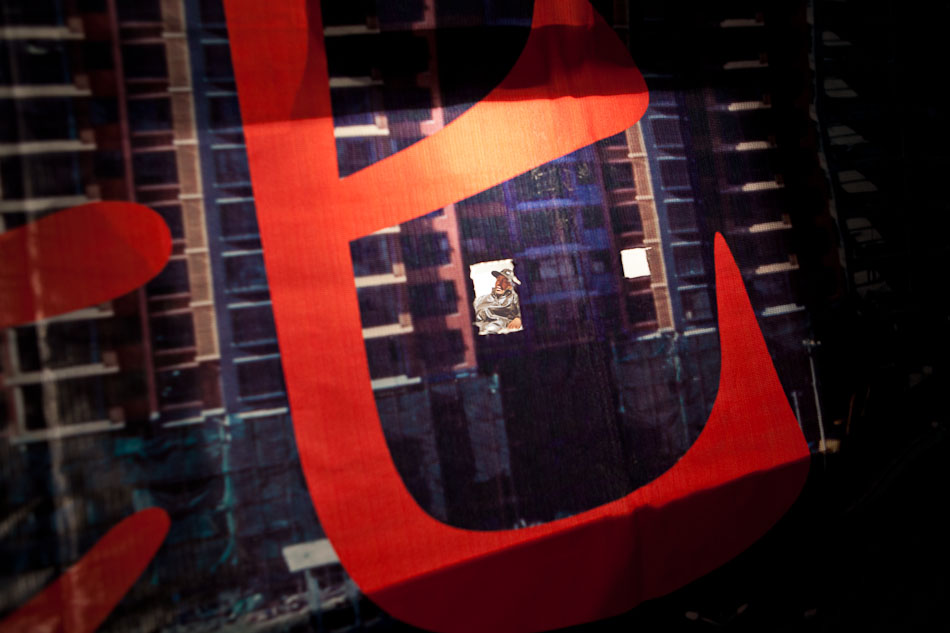
Oct 7, 2011 | Counterfeit Paradises, Development, Society
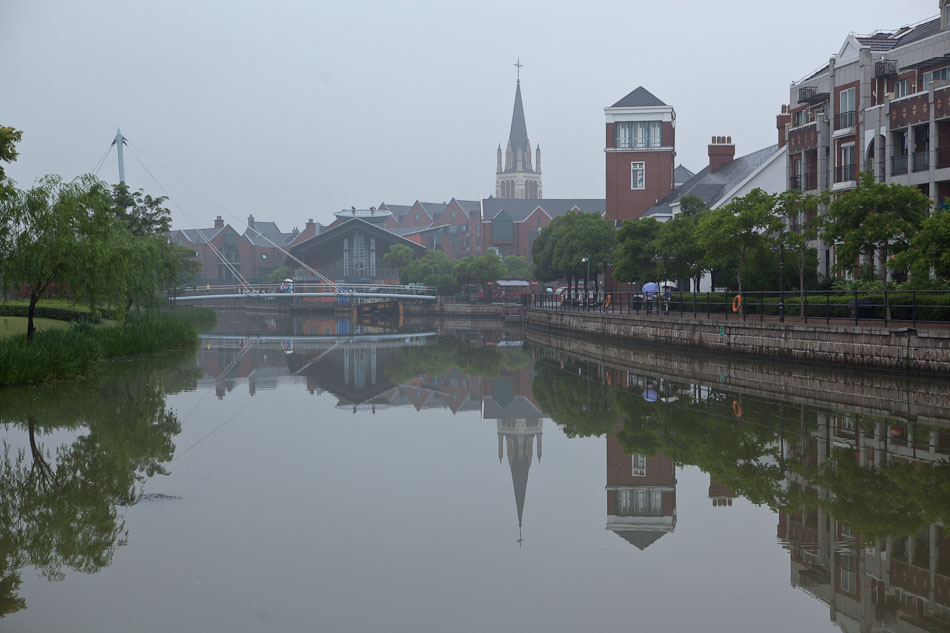
This place is well documented, but fits into my Counterfeit Paradises series as Shanghai remains one of the fastest growing cities on the planet. In order to keep up with demand, the municipal government must supply housing for up to 400,000 new residents every year. In an effort to provide a bit of flash and diversity to the monotony of Chinese urban sprawl, developers broke ground on Songjiang New City which included nine satellite villages utilizing design elements from various European countries. Thames Town, modeled after quaint English hamlets, was the centerpiece and eventually the largest debacle after failing to attract permanent residents. The English-themed restaurants and stores remain shuttered while the streets only see the passing of young couples posing for wedding photographs. Far from the hustle and bustle of downtown Shanghai, the Thames Town Church seems poised to continue without a congregation for the foreseeable future.
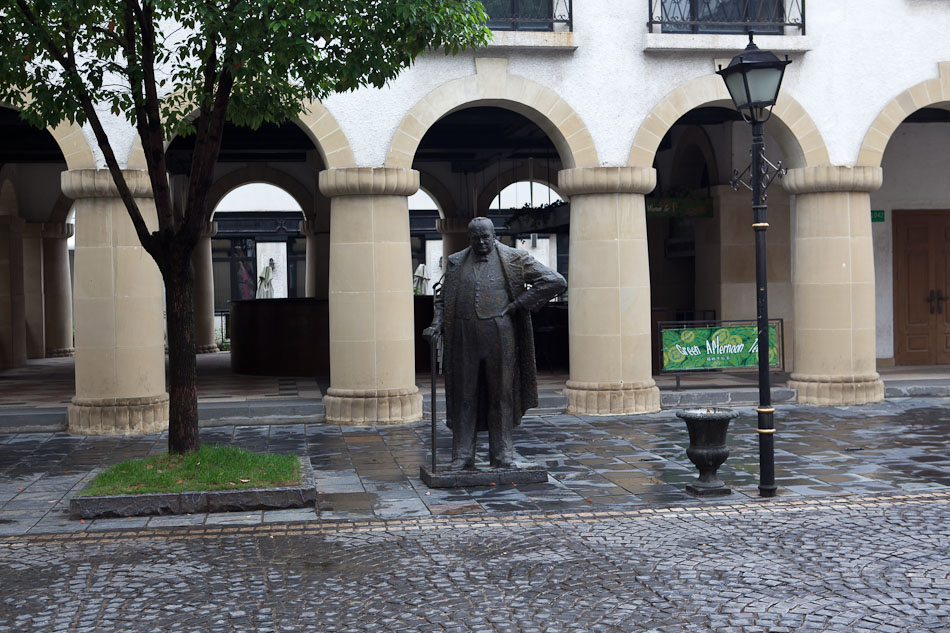

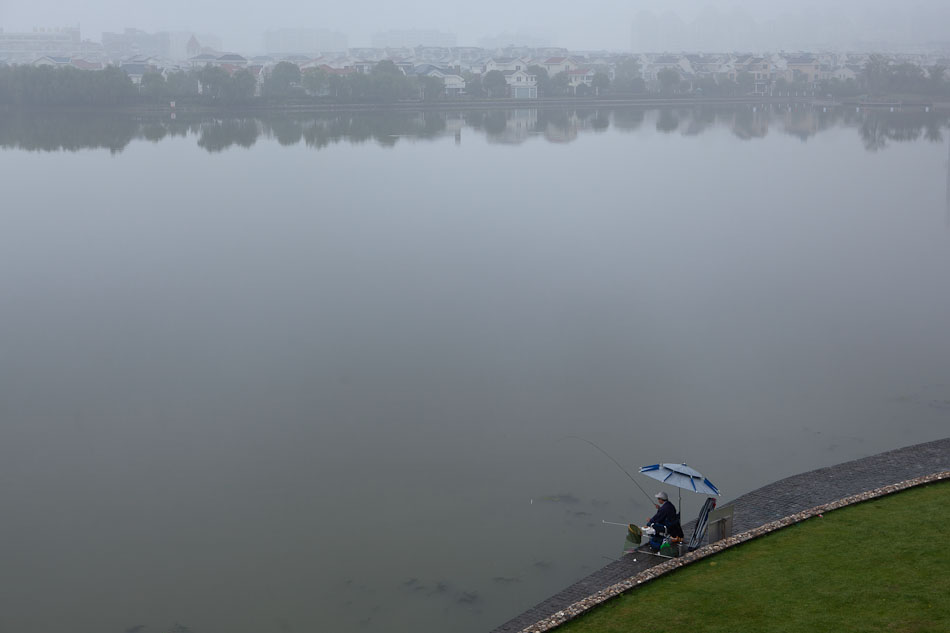
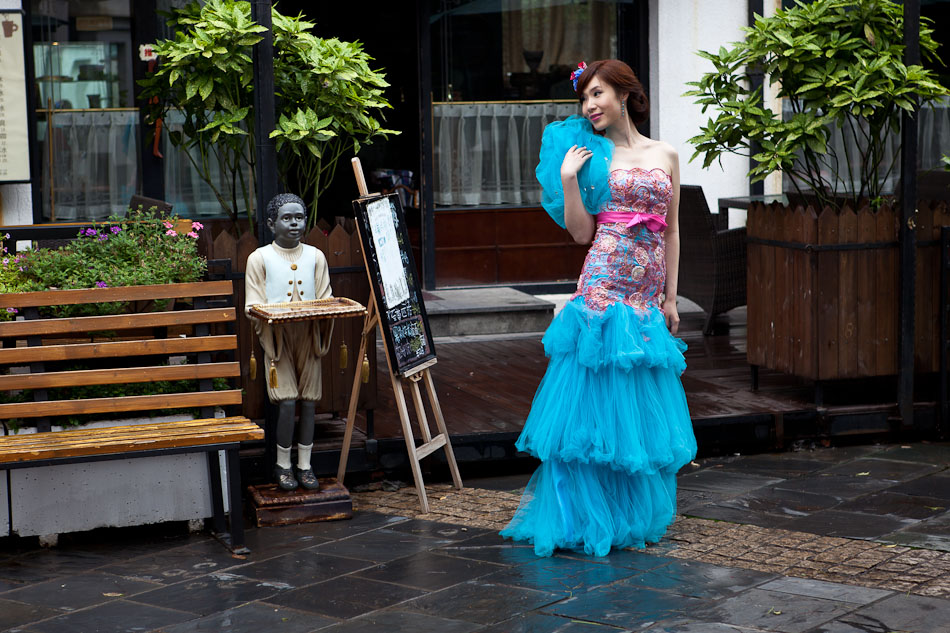

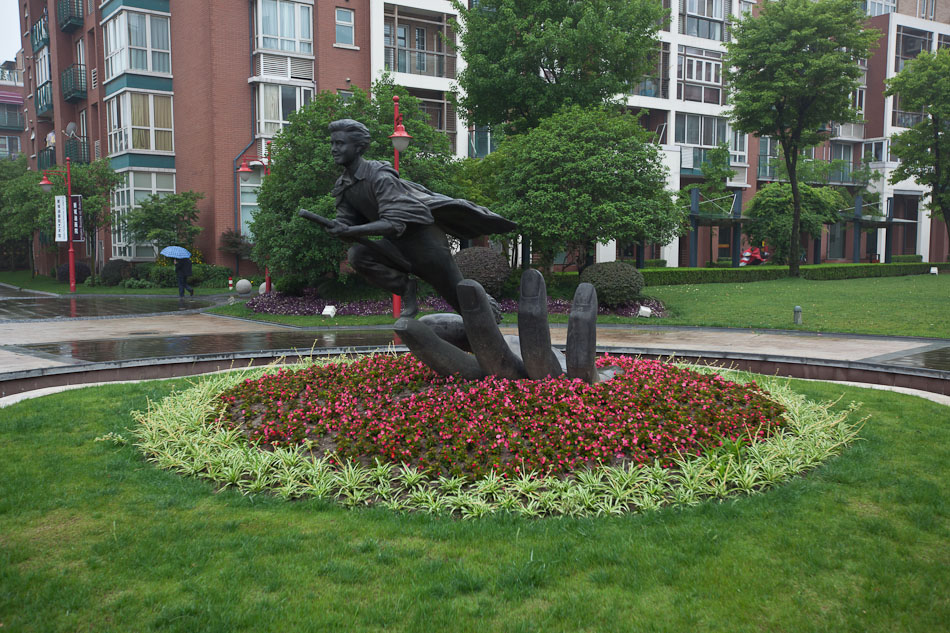
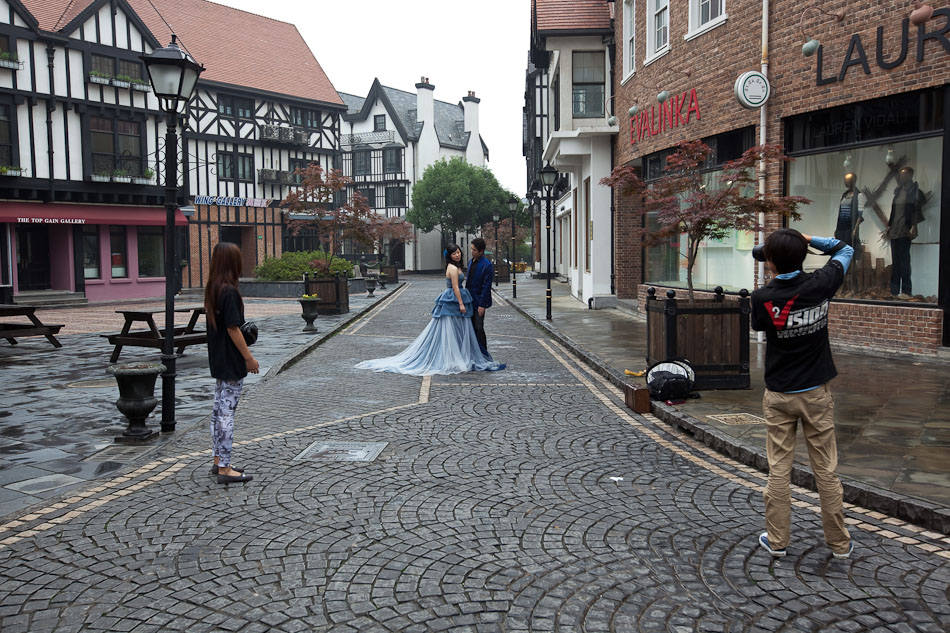
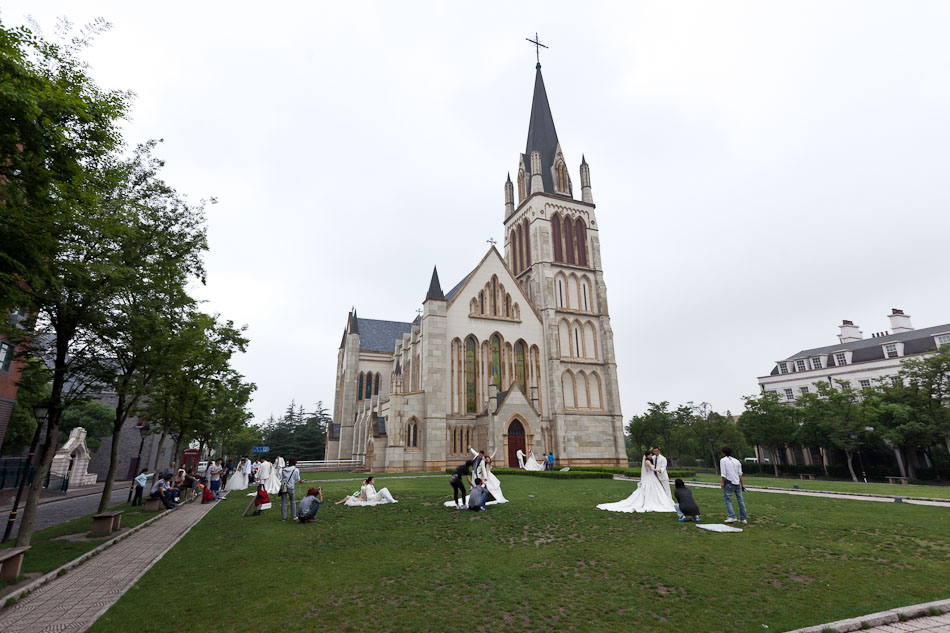

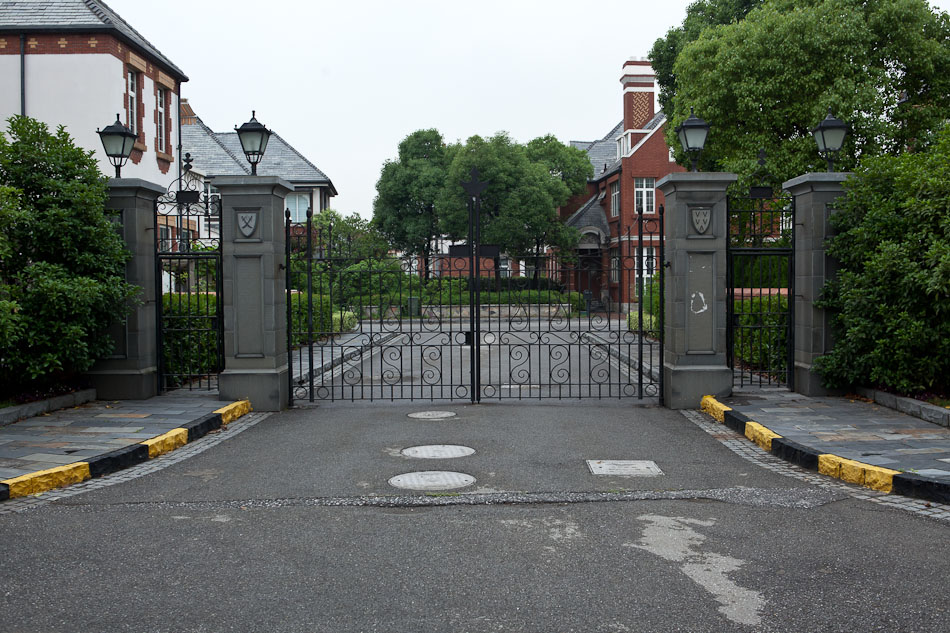
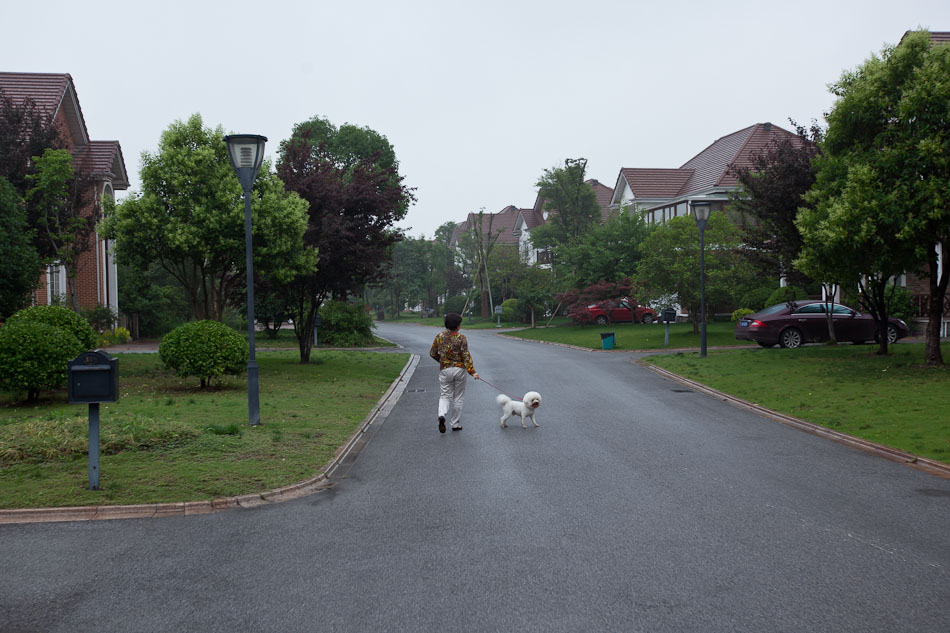

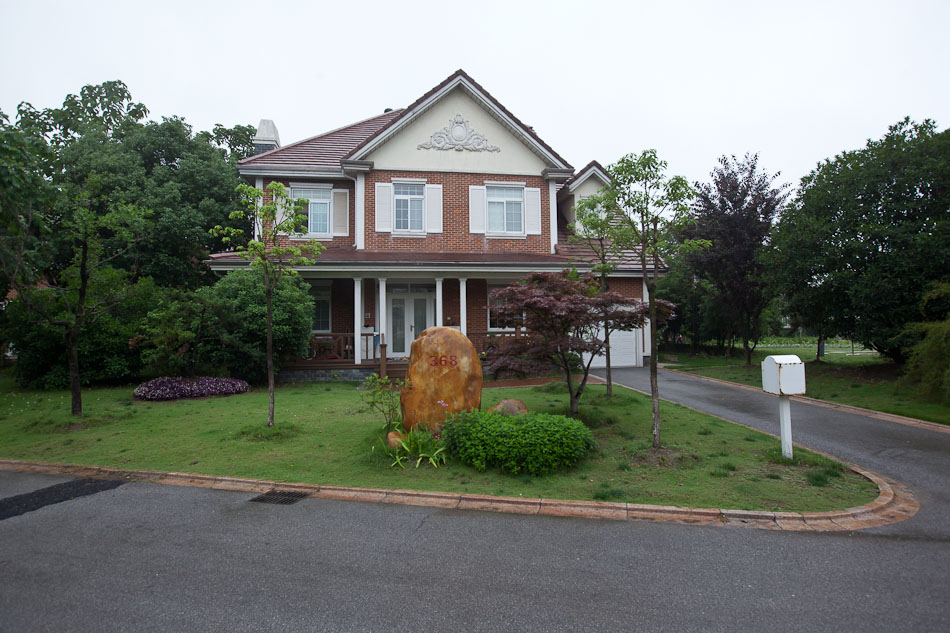

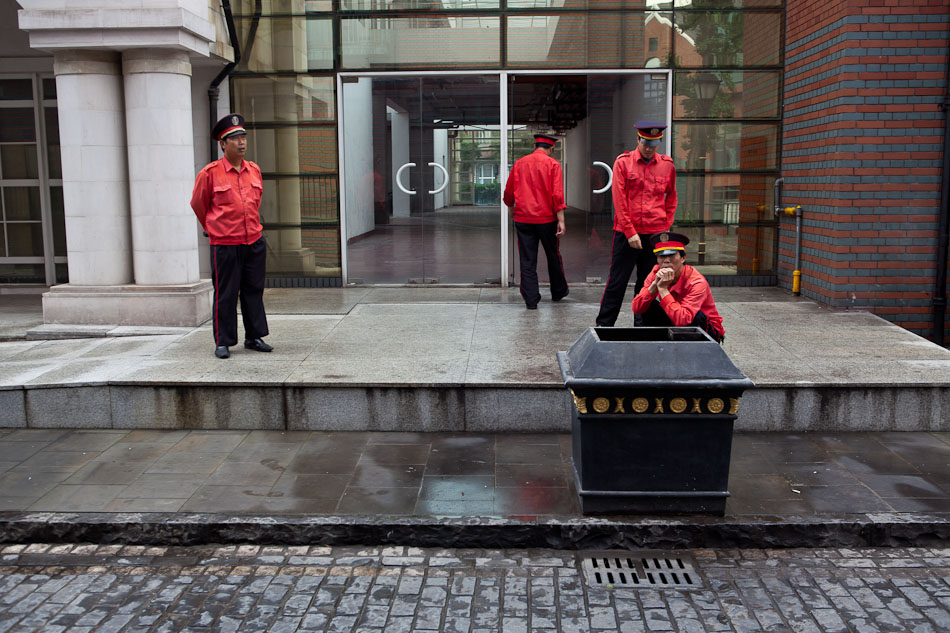
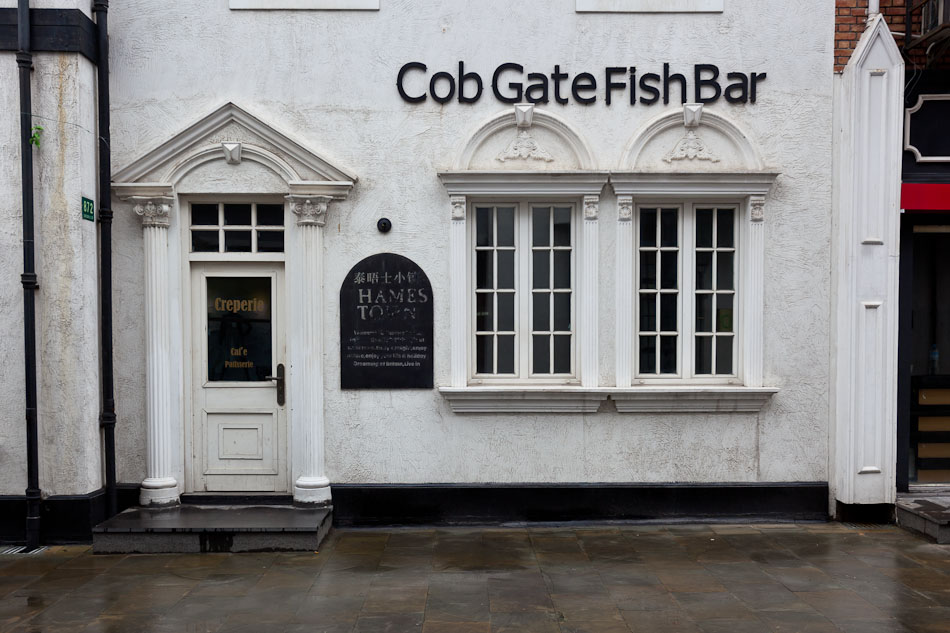
Sep 3, 2011 | Architecture, Counterfeit Paradises, Development
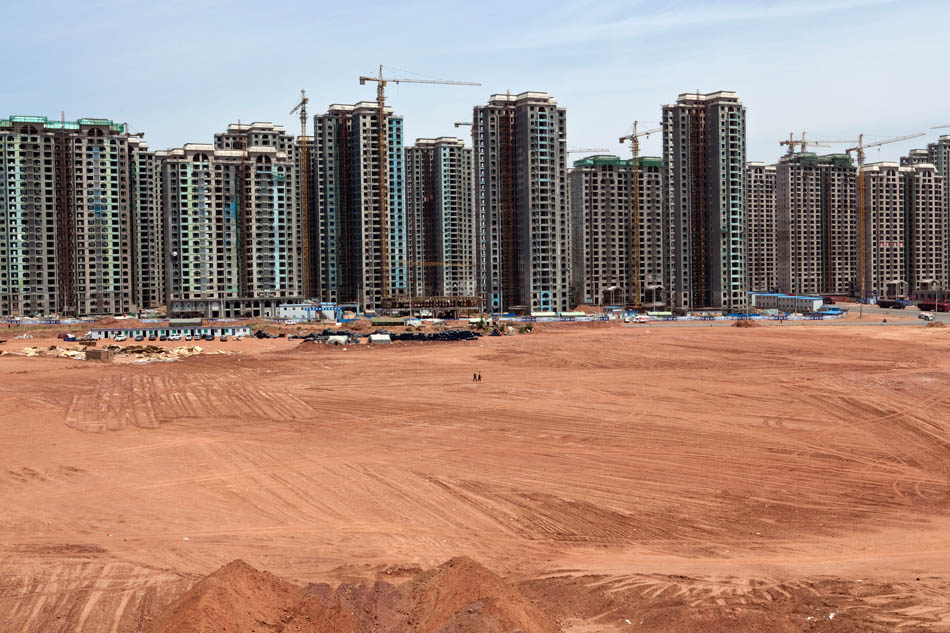
The arid landscape around Ordos was never a forgiving place. Its remoteness and lack of ground water always kept growth in check. Now the Inner Mongolian mining center produces a third of China’s coal and the municipal government decided to use the extra revenues to literally build an entire new city. Located 25 kilometers west of the old town, the Kangbashi/康巴什 new district sports a museum, opera house, library, cultural center, sculpture parks, malls and endless rows of megablock housing. Designed to accomodate a population upwards to a million people, only 30,000 have decided to make the move into the newfangled developments. For now the strange new city that popped out of the sands remains largely deserted. Only a handful of locals walk amidst the abstract shapes and glass-covered malls of Kangbashi. It is one of many locations in China that point to a real estate bubble just waiting to pop.


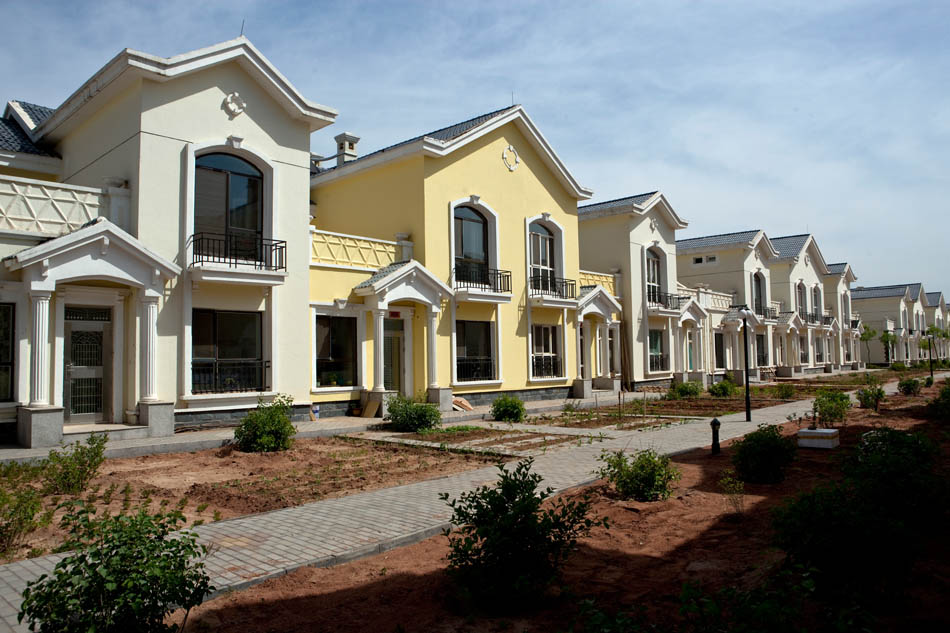
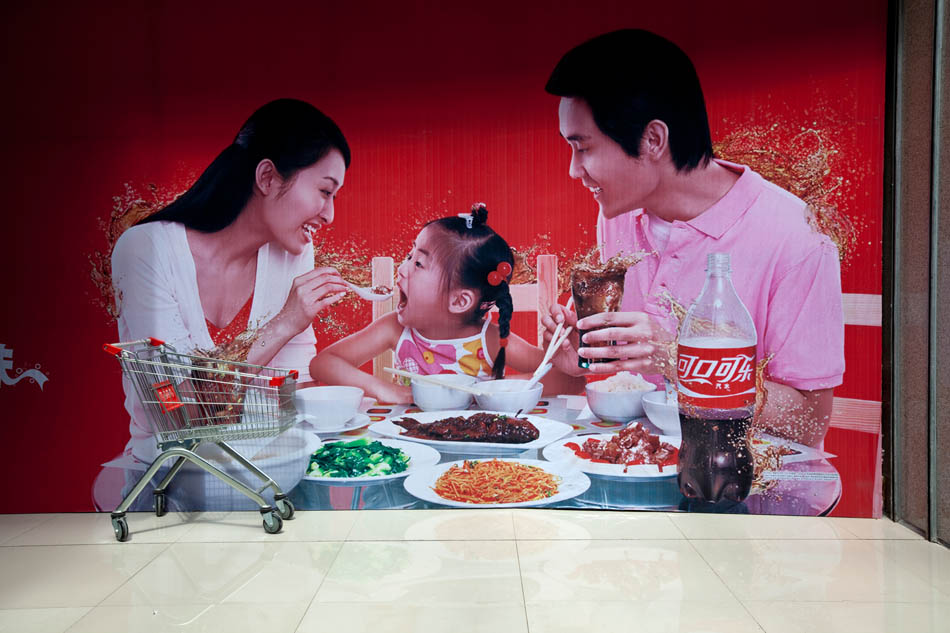
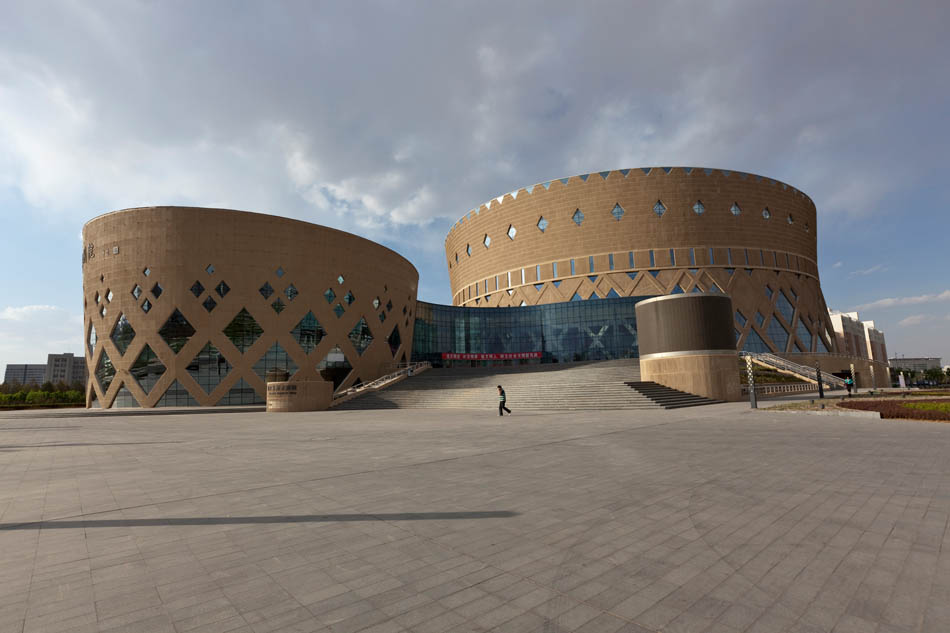


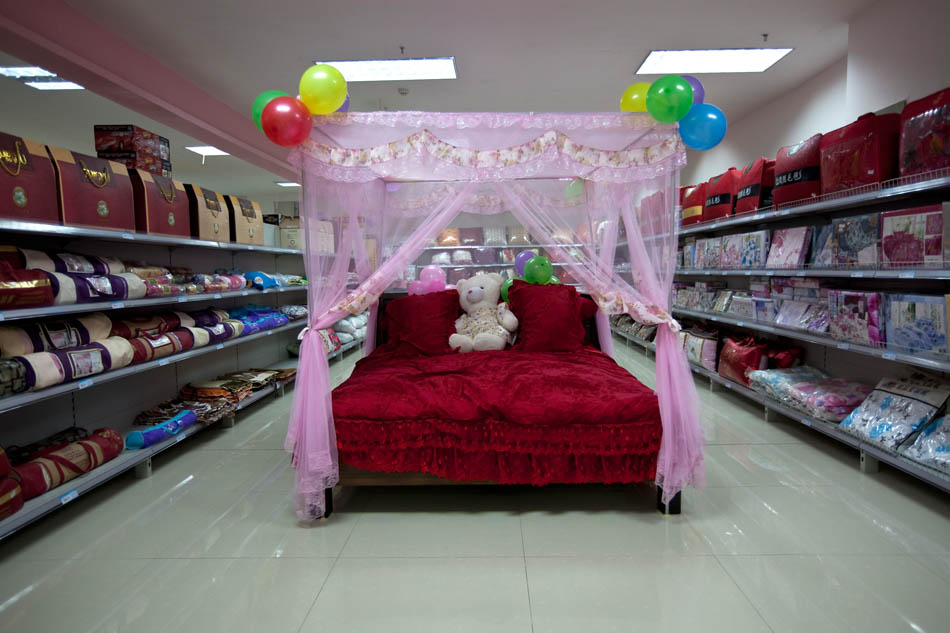
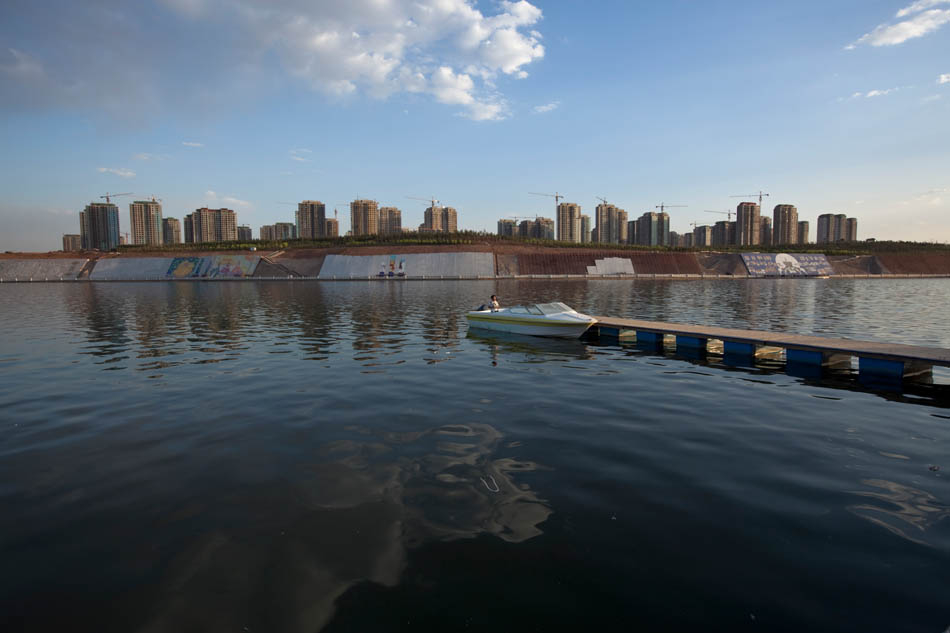
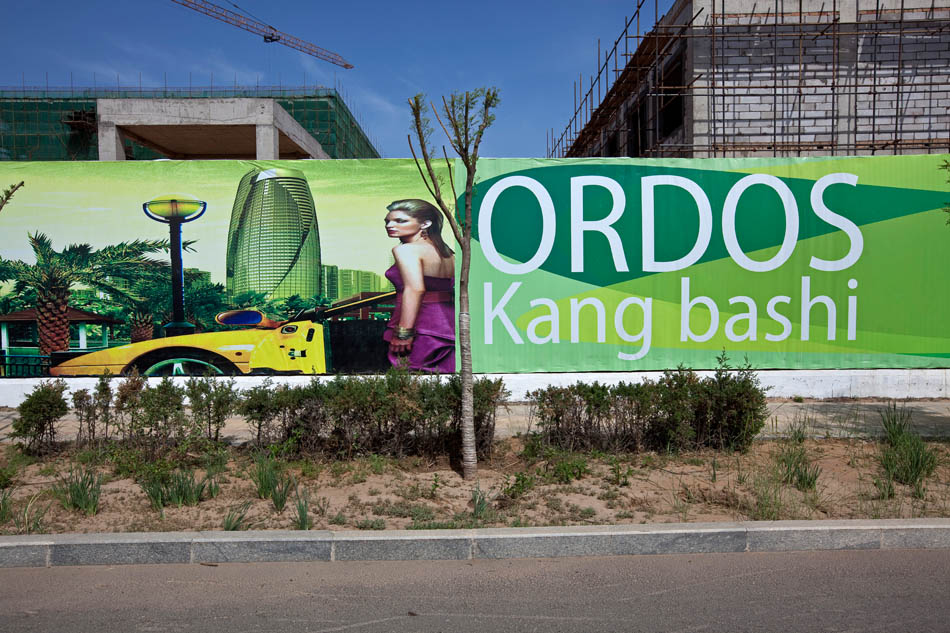
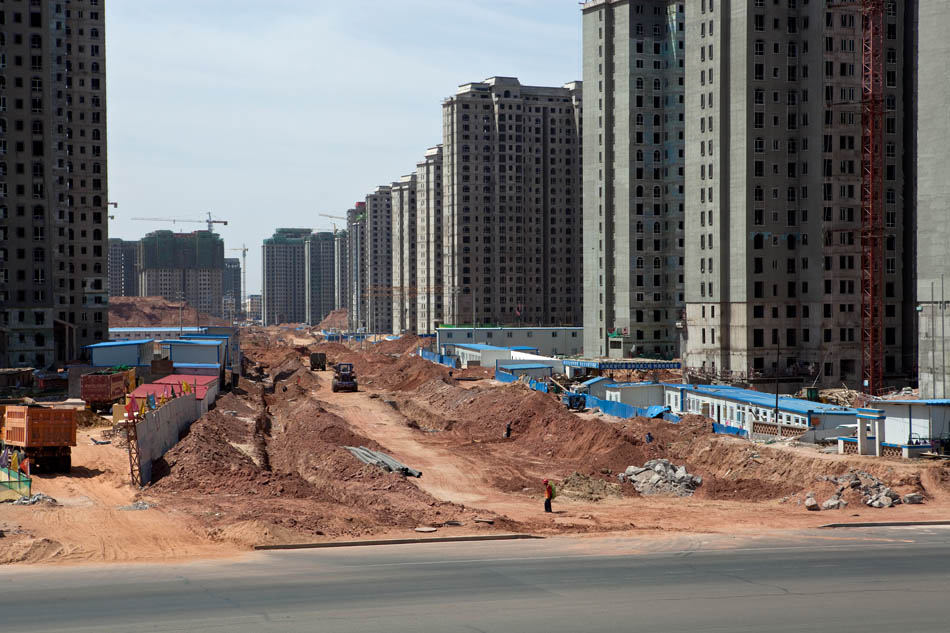
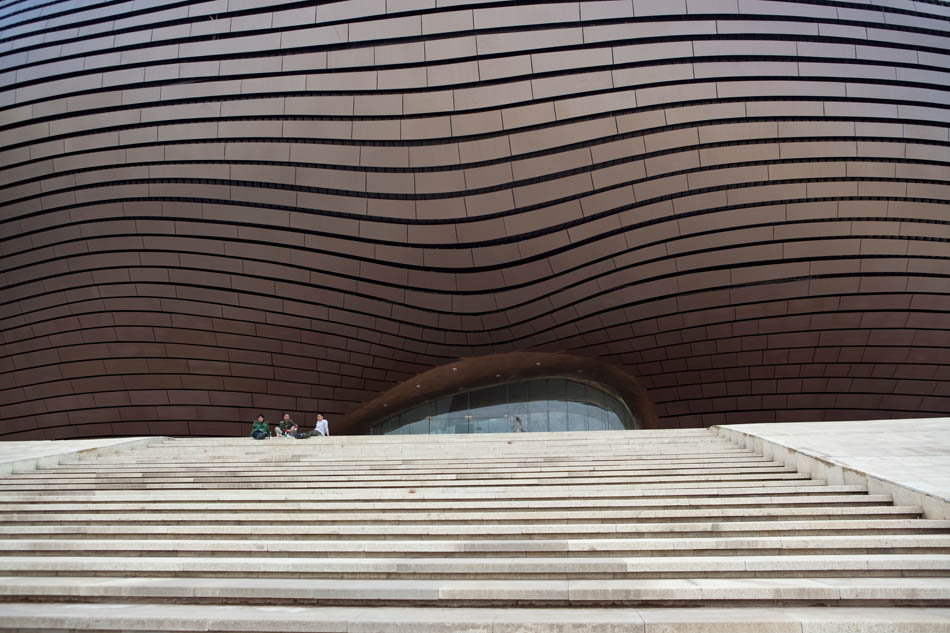
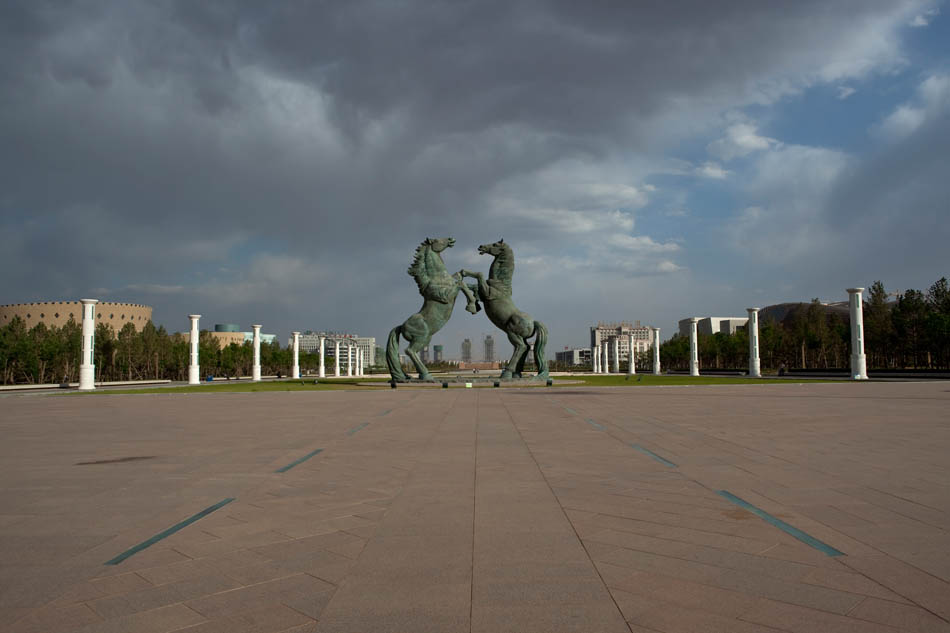

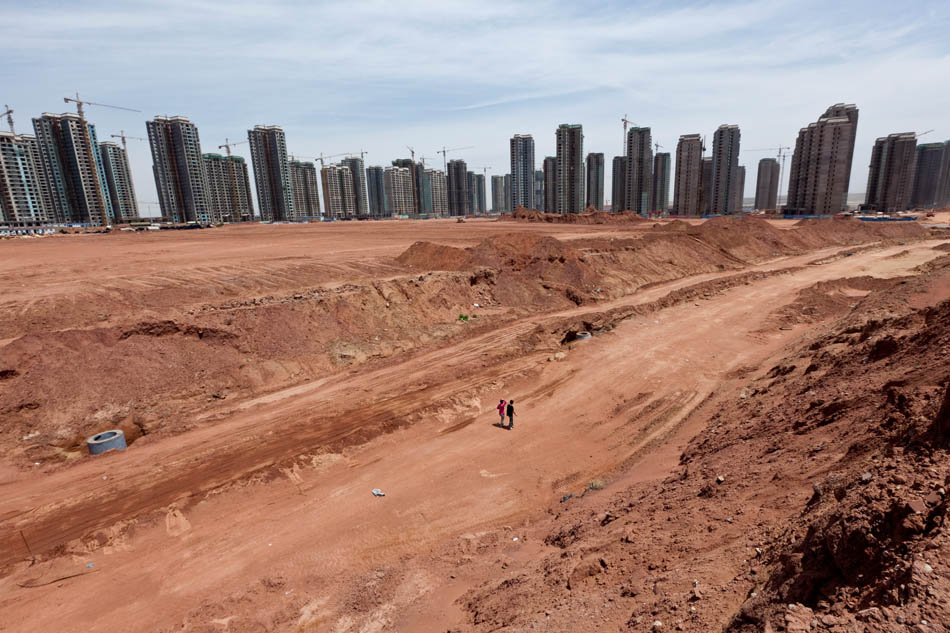

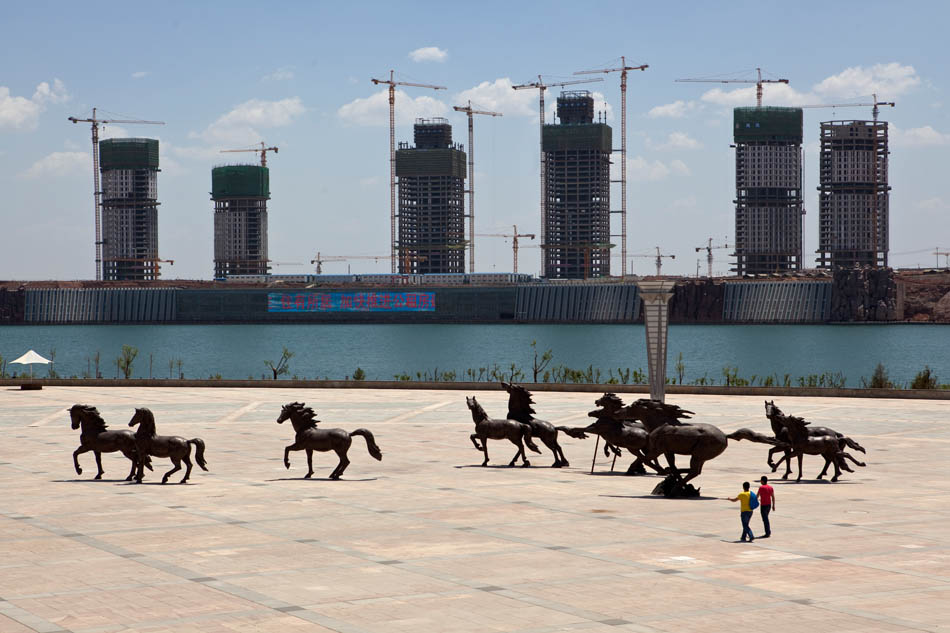
May 22, 2011 | Counterfeit Paradises, Development, Society
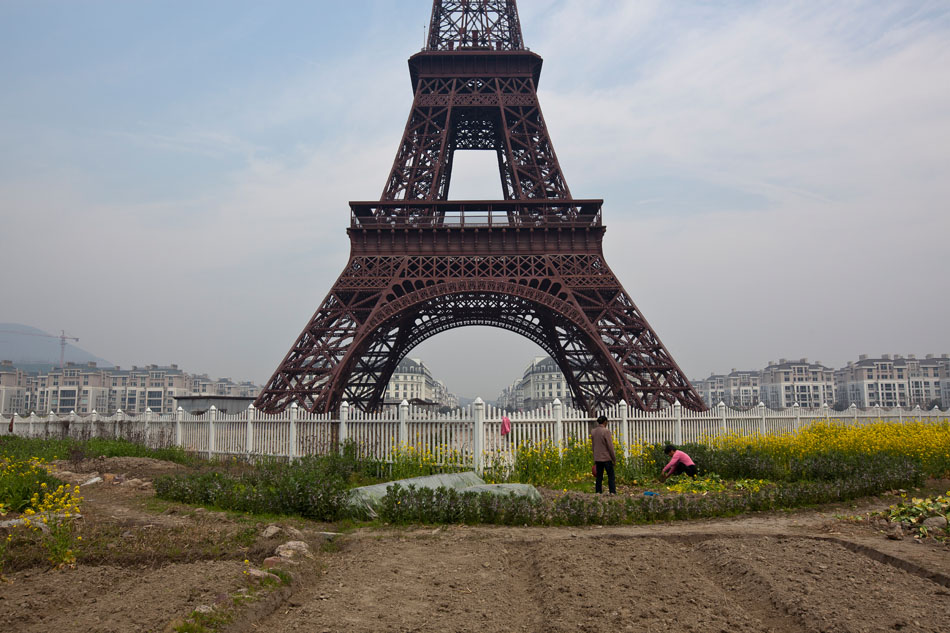
As new cities continue to spring up across China almost overnight, real estate developers are taking architecture and urban design in wildly different directions to tap into the lucrative luxury housing market. Tianducheng/天都城 was one of those hopelessly trying to set a bold new precedent for modern and cultured living with it’s fake Eiffel Tower overlooking Parisian townhouses. The knockoff of the 13th arrondissement, however, remains sparsely populated and only draws well-heeled clientele to its adjacent resort and villas modeled after Fontainebleau Palace. For now, many of the apartments are occupied by groups of migrant laborers working on surrounding megablocks, while other locals have gone so far as to appropriate the green space surrounding the Eiffel Tower for private ad hoc farming plots. Otherwise Tianducheng along with the attached French-themed village park is mainly used as a backdrop for wedding photography companies hoping to give young Chinese couples a taste of The City of Light while balancing their desire for traditional nuptial observances.
